Tim-D-AmazonBookPubl Misc 3.4 to 5
Tim-D-AmazonBookPubl Misc 3.4 to 5 - Part 1
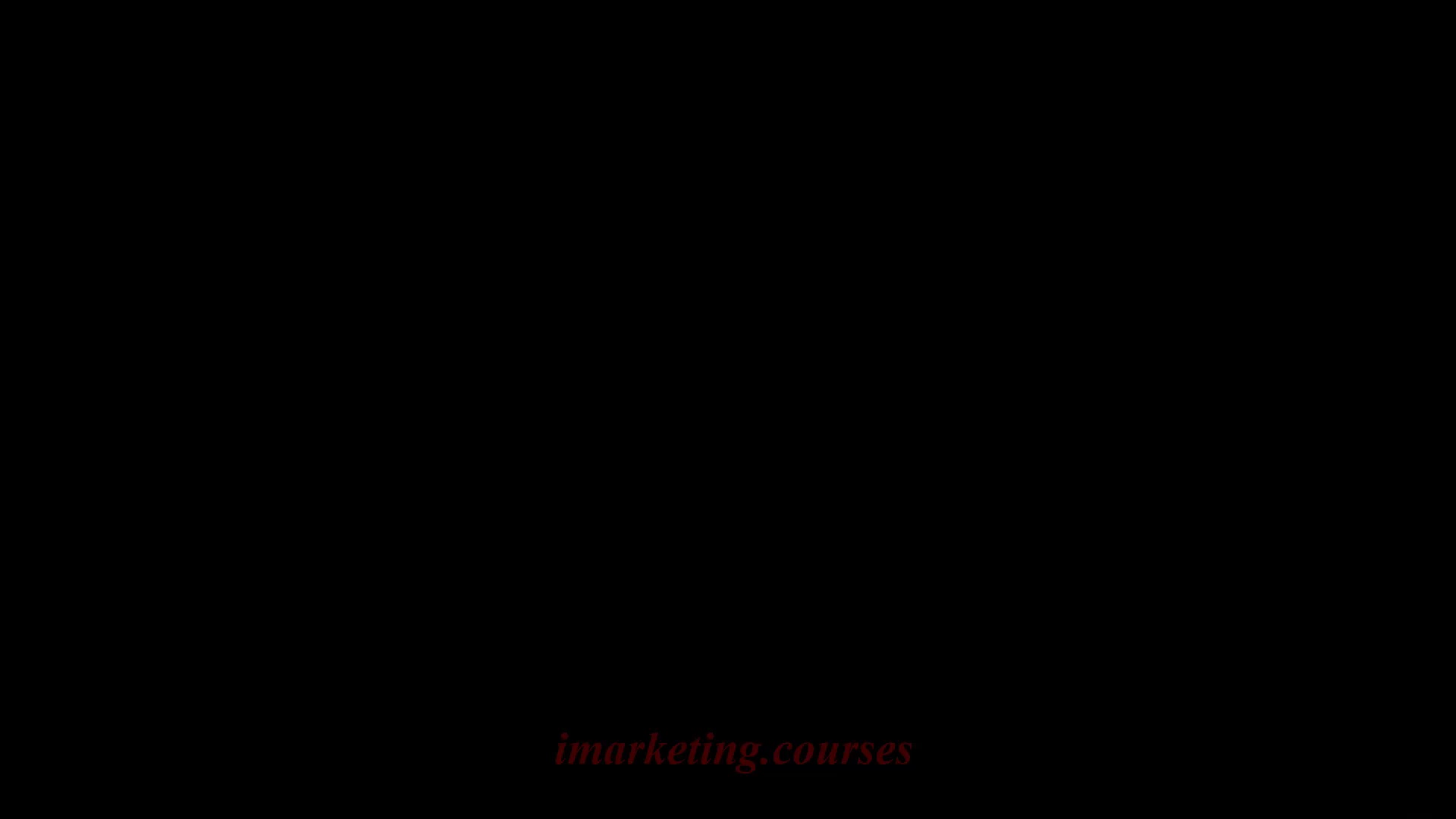
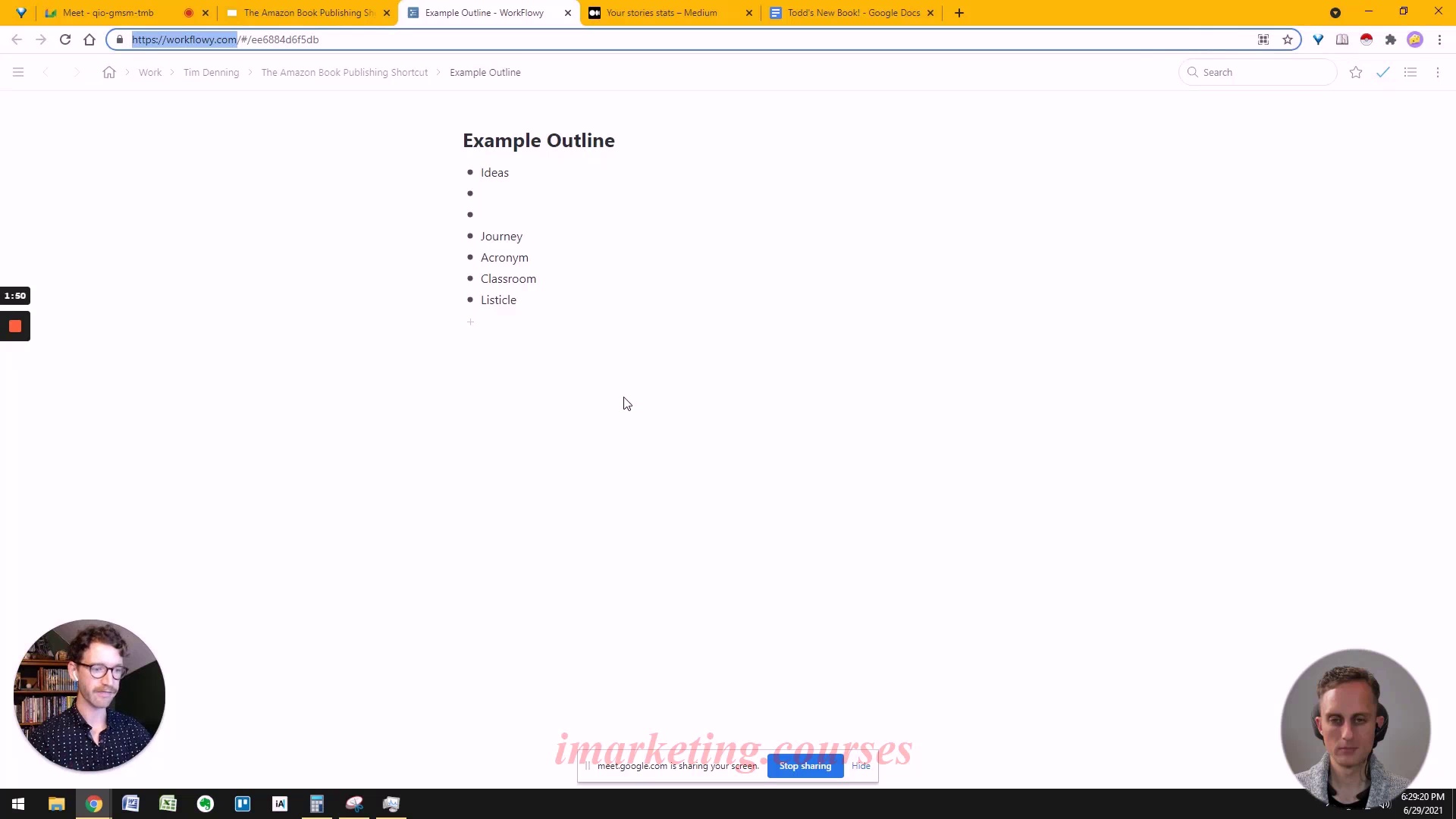
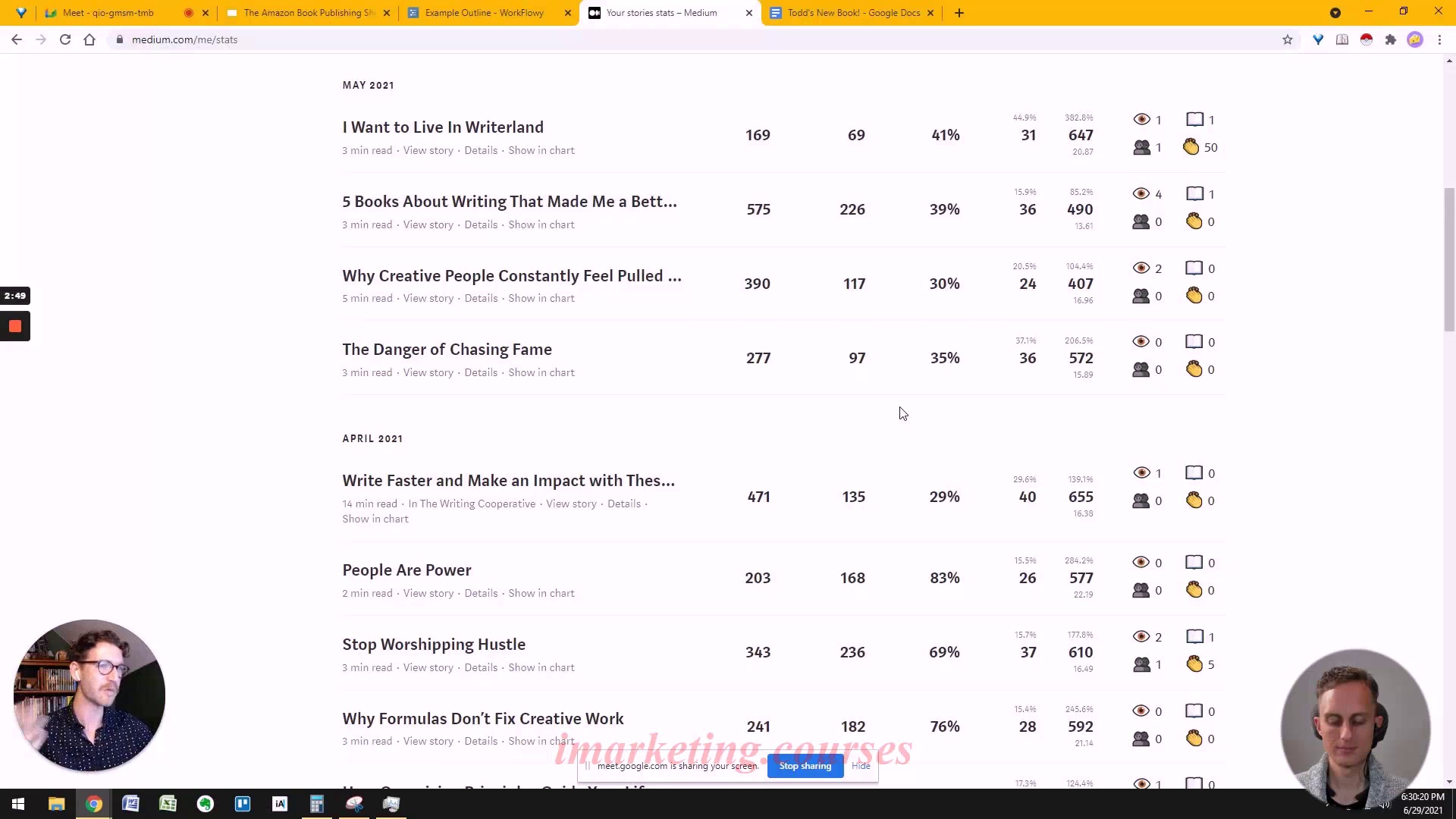

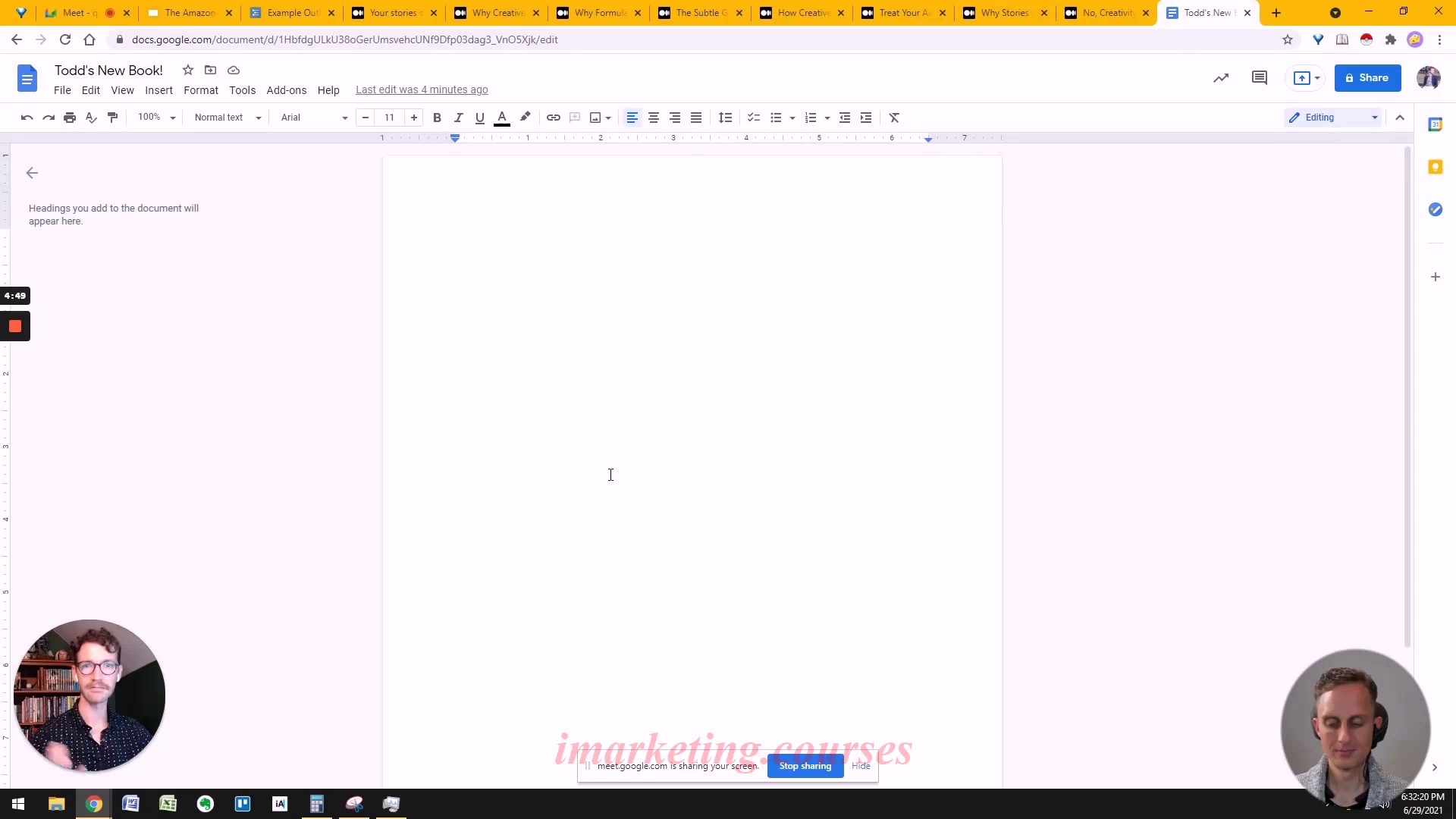

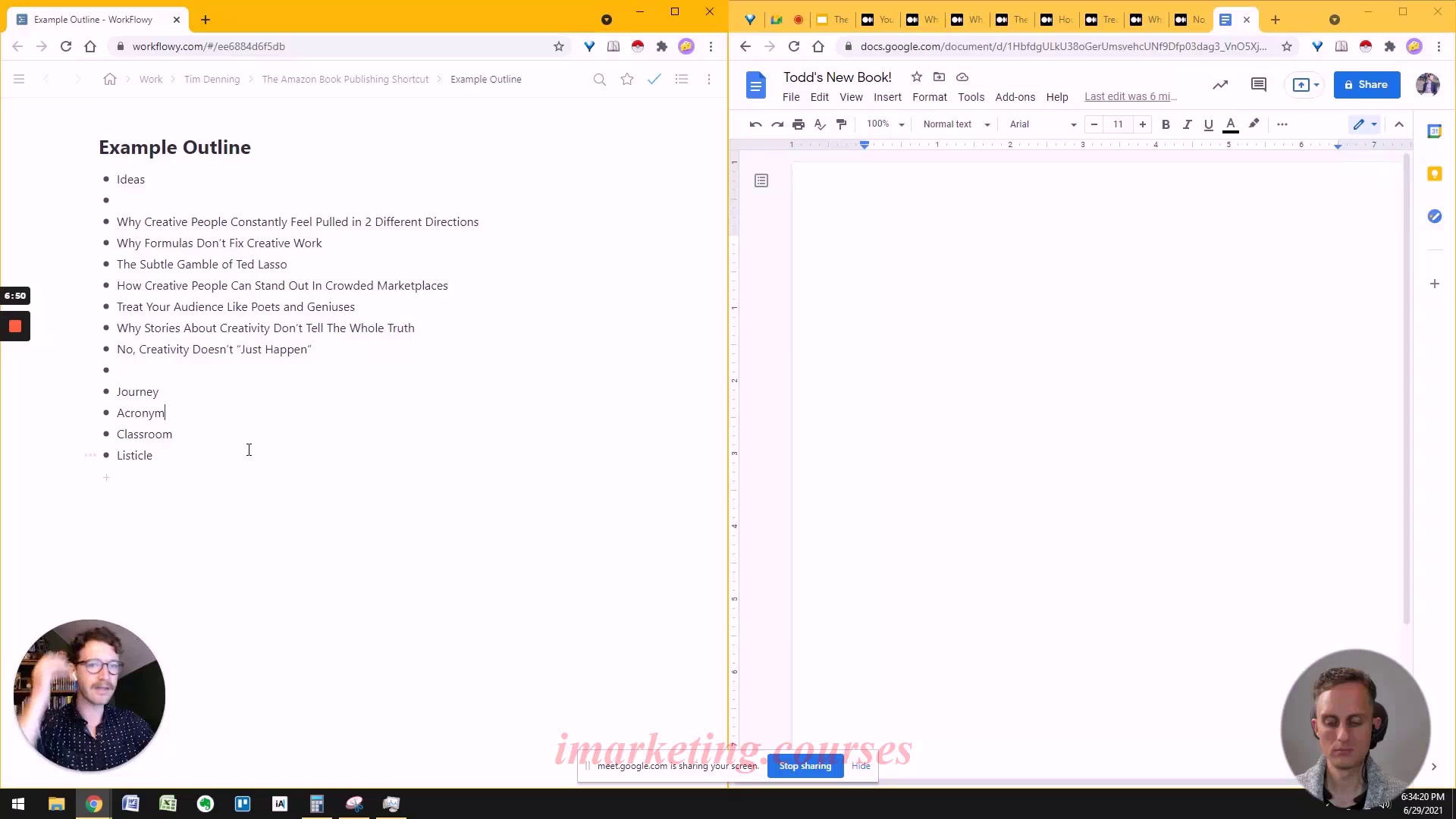
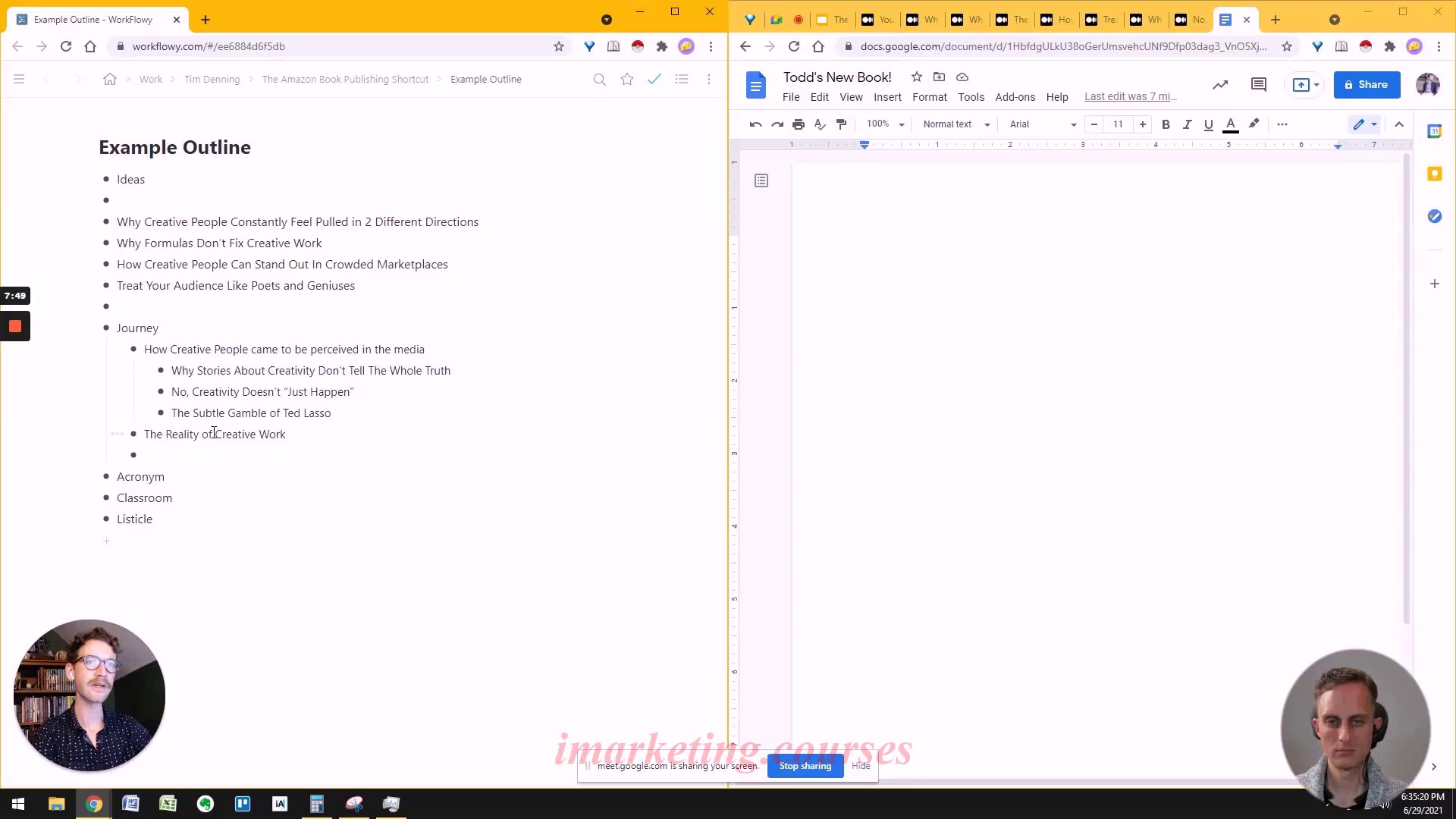
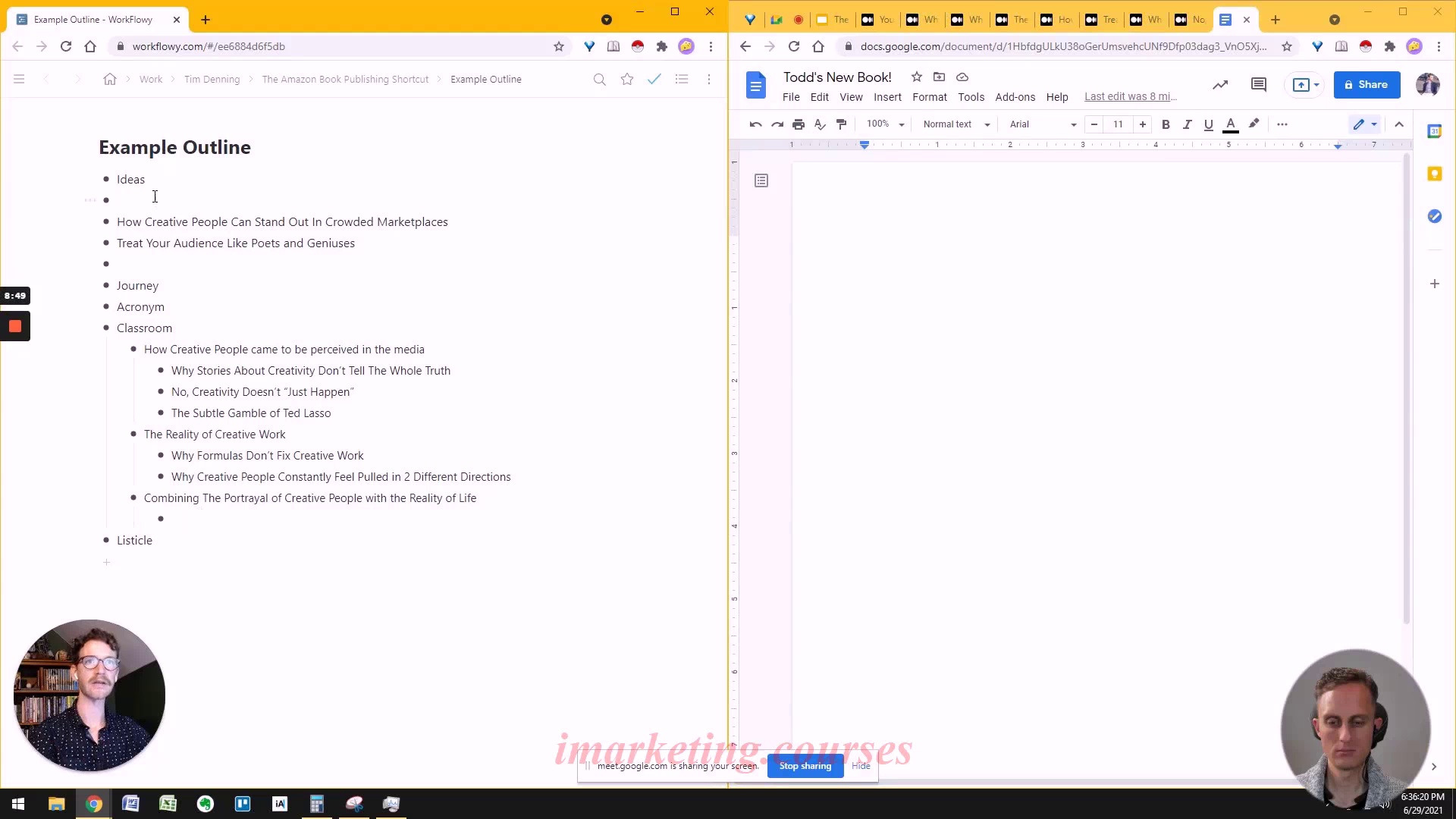
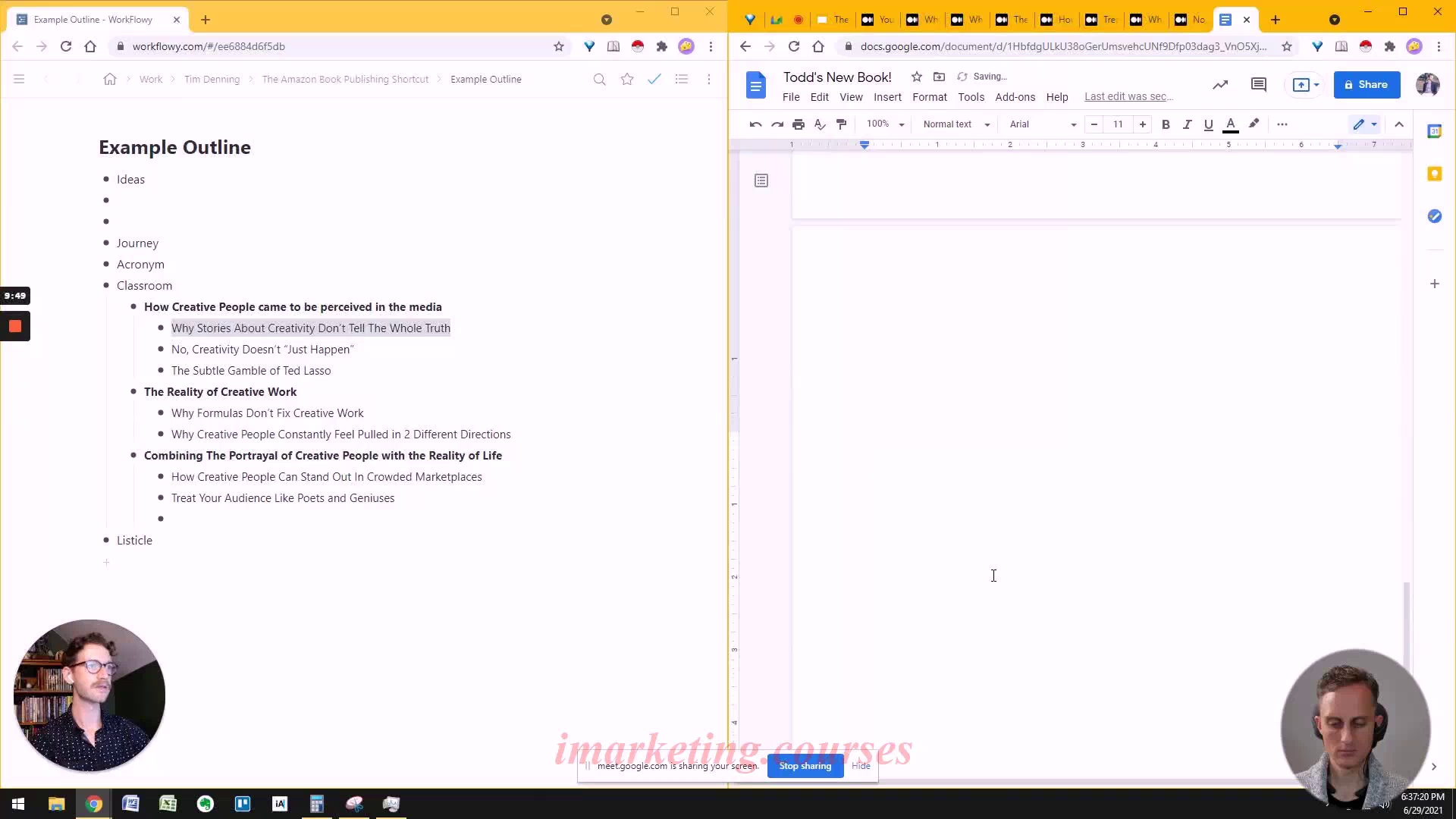
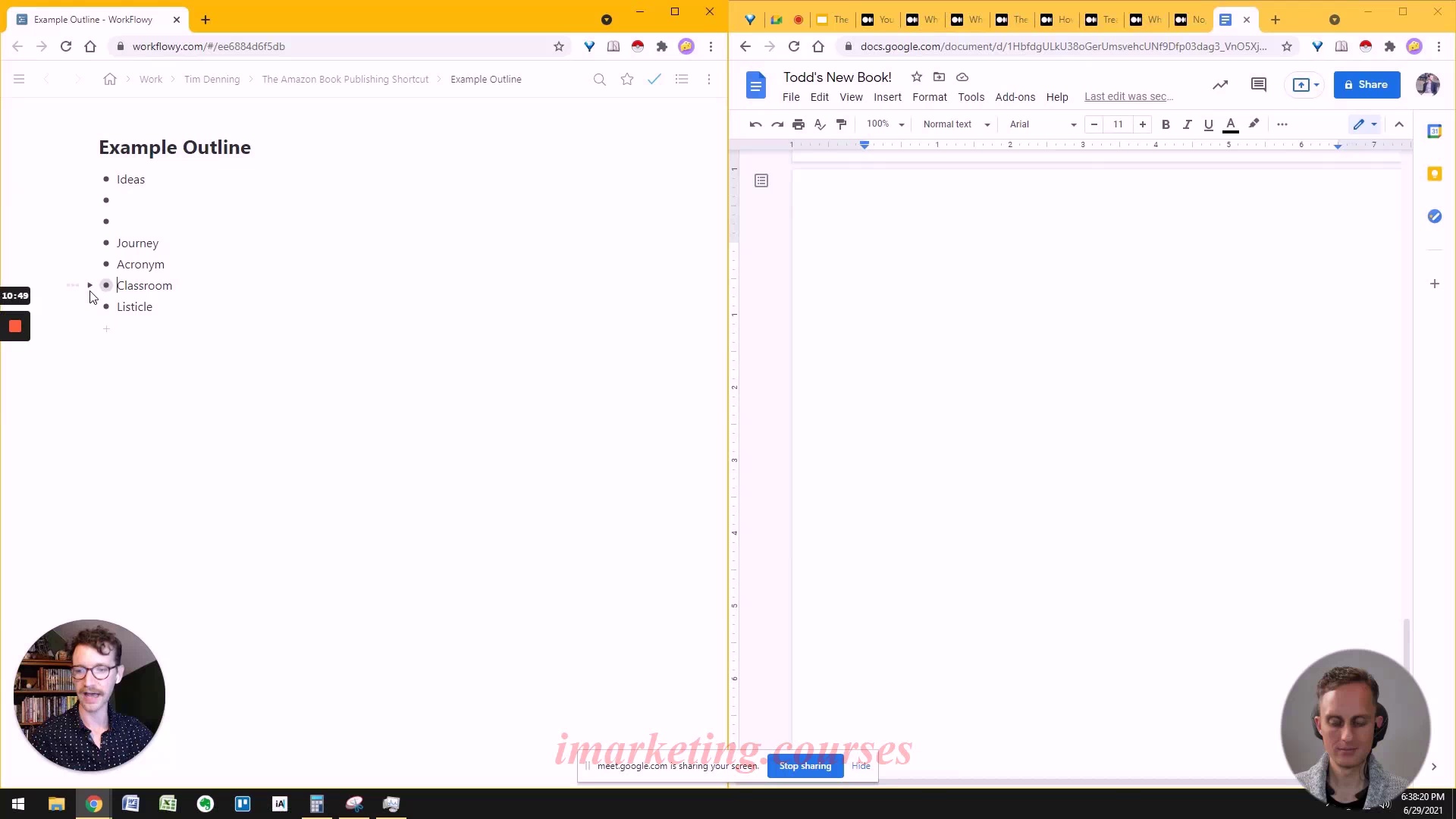
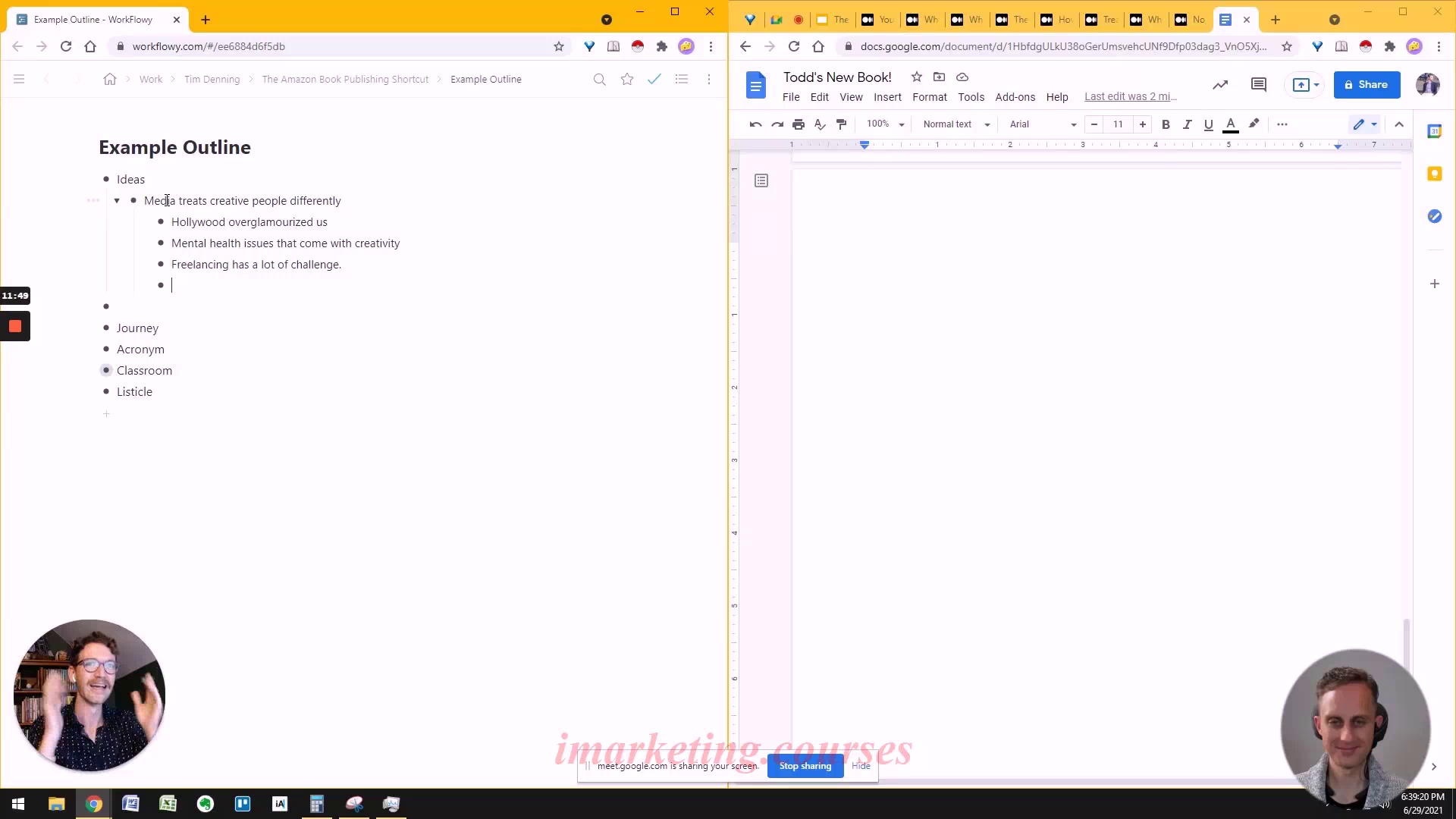
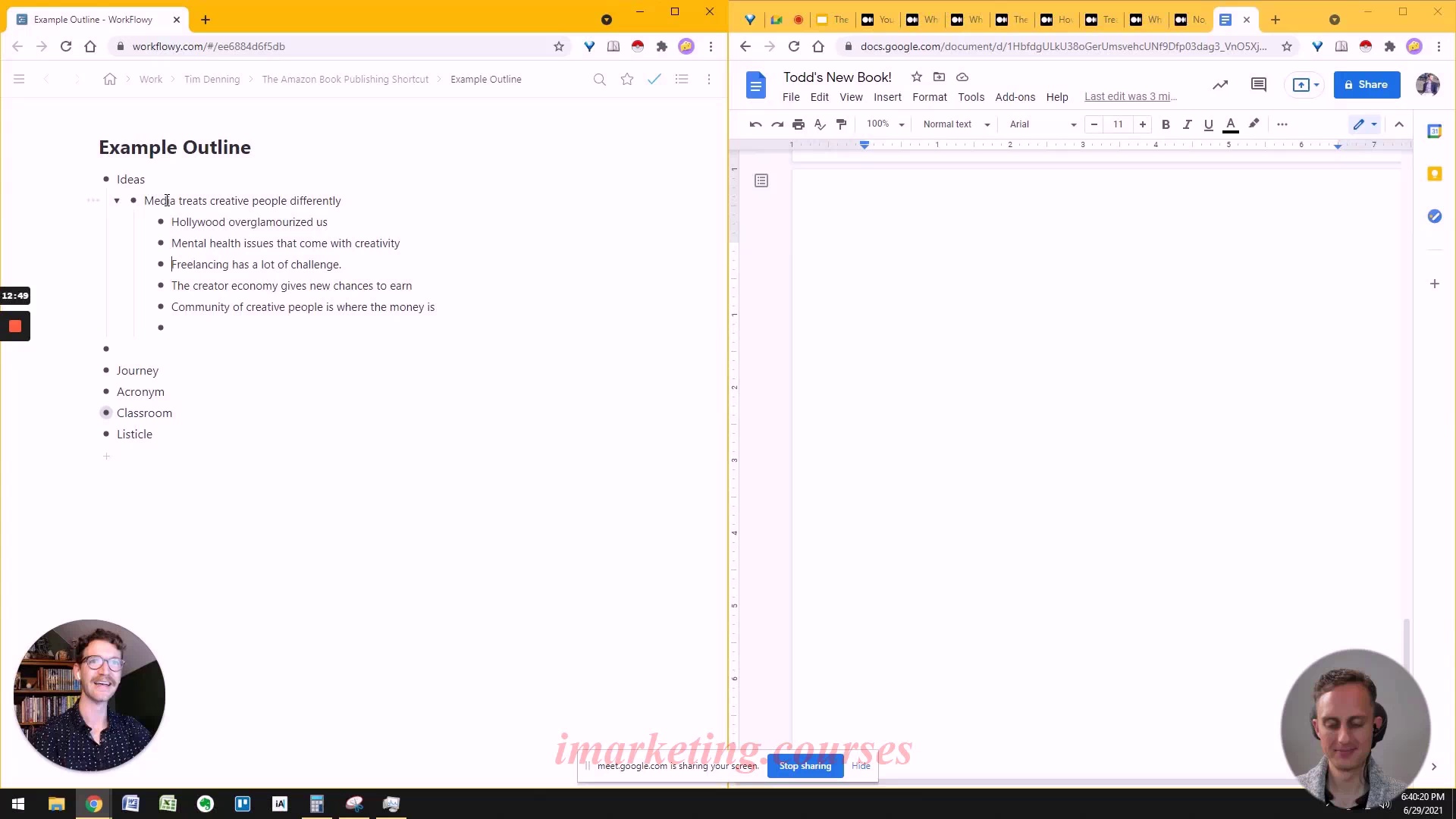
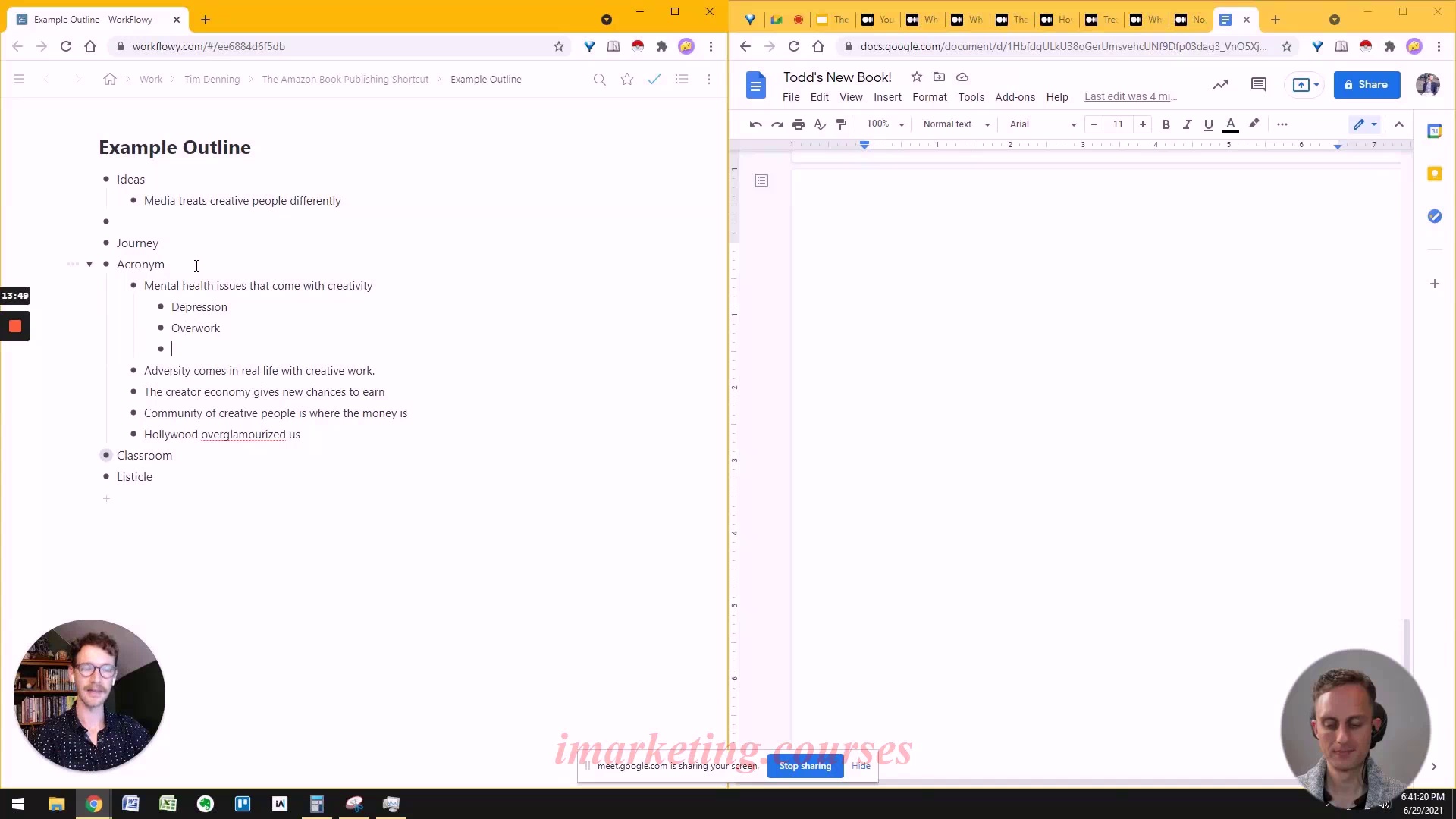
The narrator outlines two approaches for creating a book outline: 1) Start with no existing content and pull ideas out of your head to structure an outline from scratch; 2) Use existing blog posts or articles as content to compile into an outline.
For starting from scratch, the narrator brainstorms potential chapter ideas, organizes them into sections, and creates a structure, though the ideas may initially seem amateurish. Flexibility is key - an acronym emerged to help shape the outline.
For using existing content, the narrator searches for themes among published articles to identify possible book chapters. After finding relevant pieces, the outlines are copied into a workflow tool (WorkFlowy) to visualize structure and a Google Doc to compile content. This consolidates information into an actionable outline.
In both cases, the key is quickly getting ideas out of your head and onto the page. The outline will continue to evolve, but dumping the ideas out first allows patterns to emerge and ideas to coalesce into an outline, which then facilitates writing the book.
.Tim-D-AmazonBookPubl Misc 3.4 to 5 - Part 2














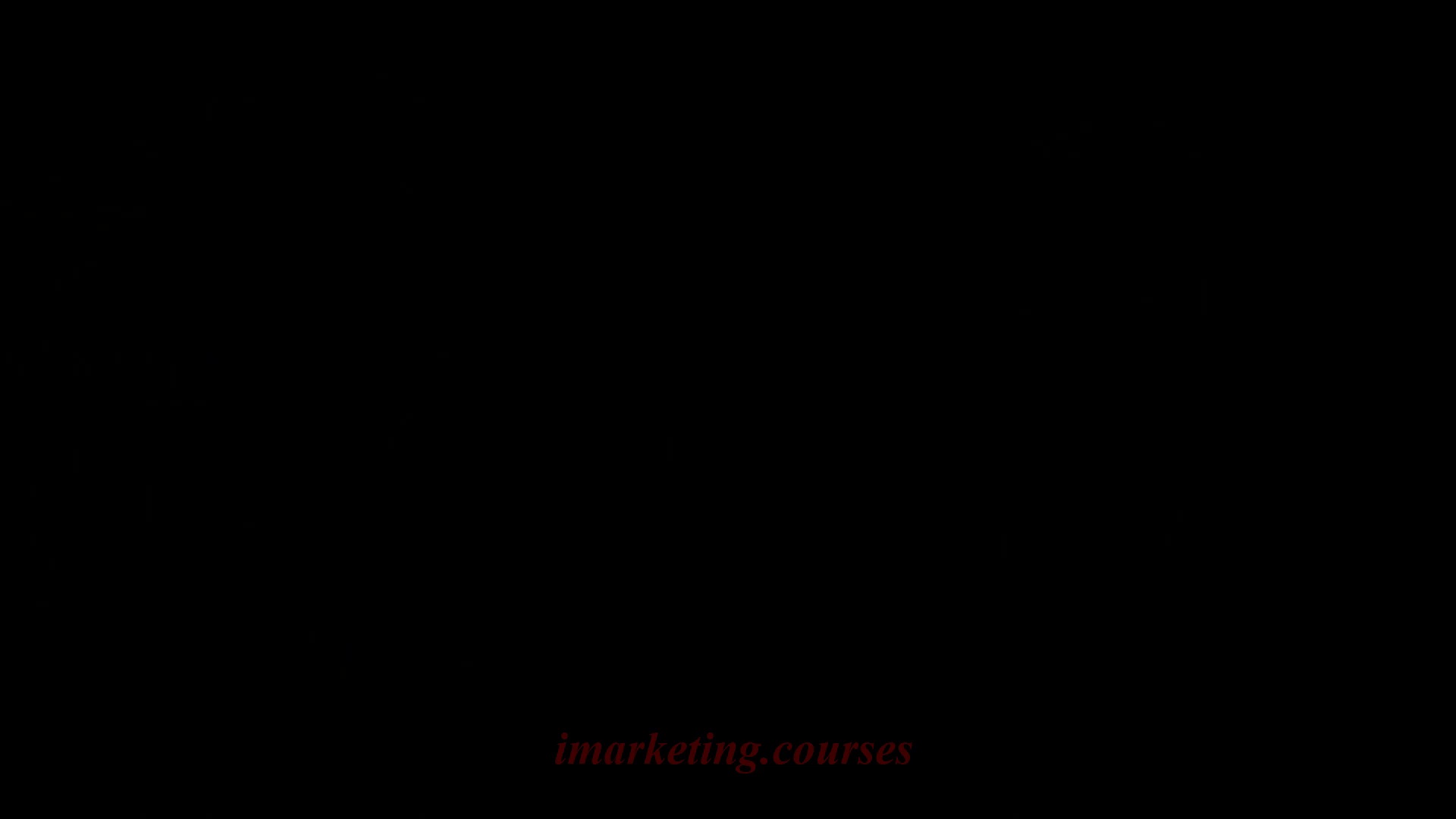
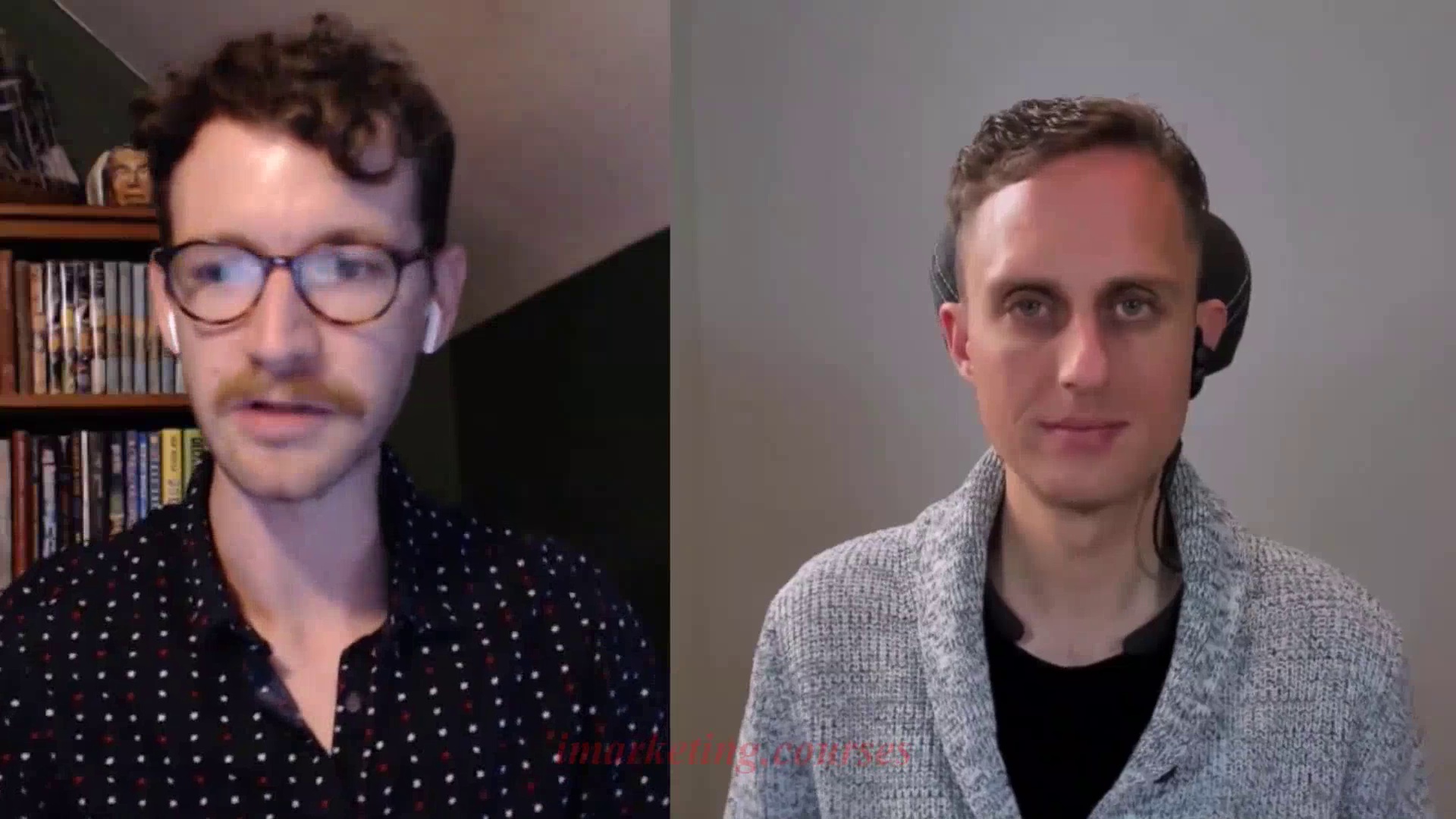
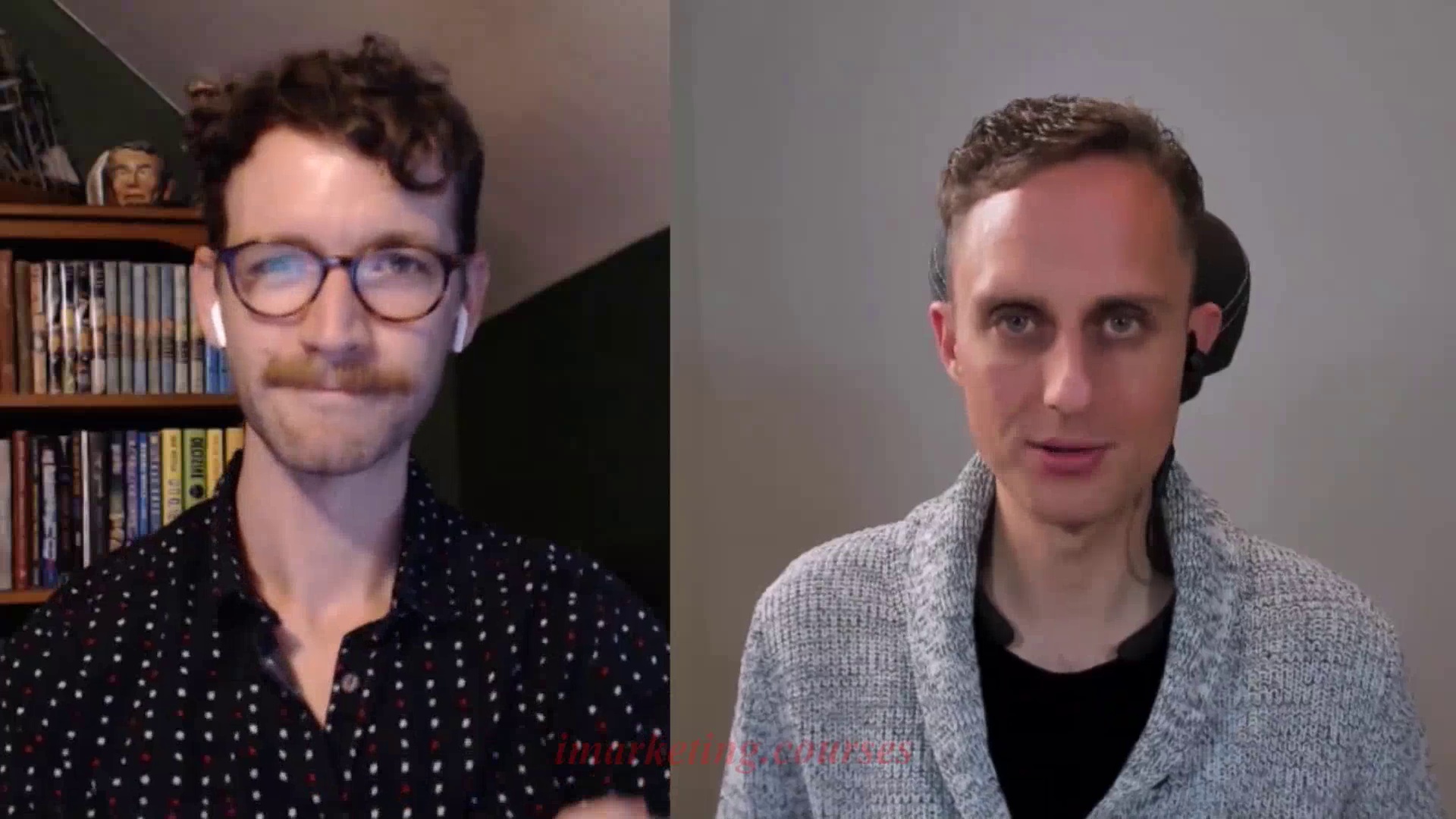
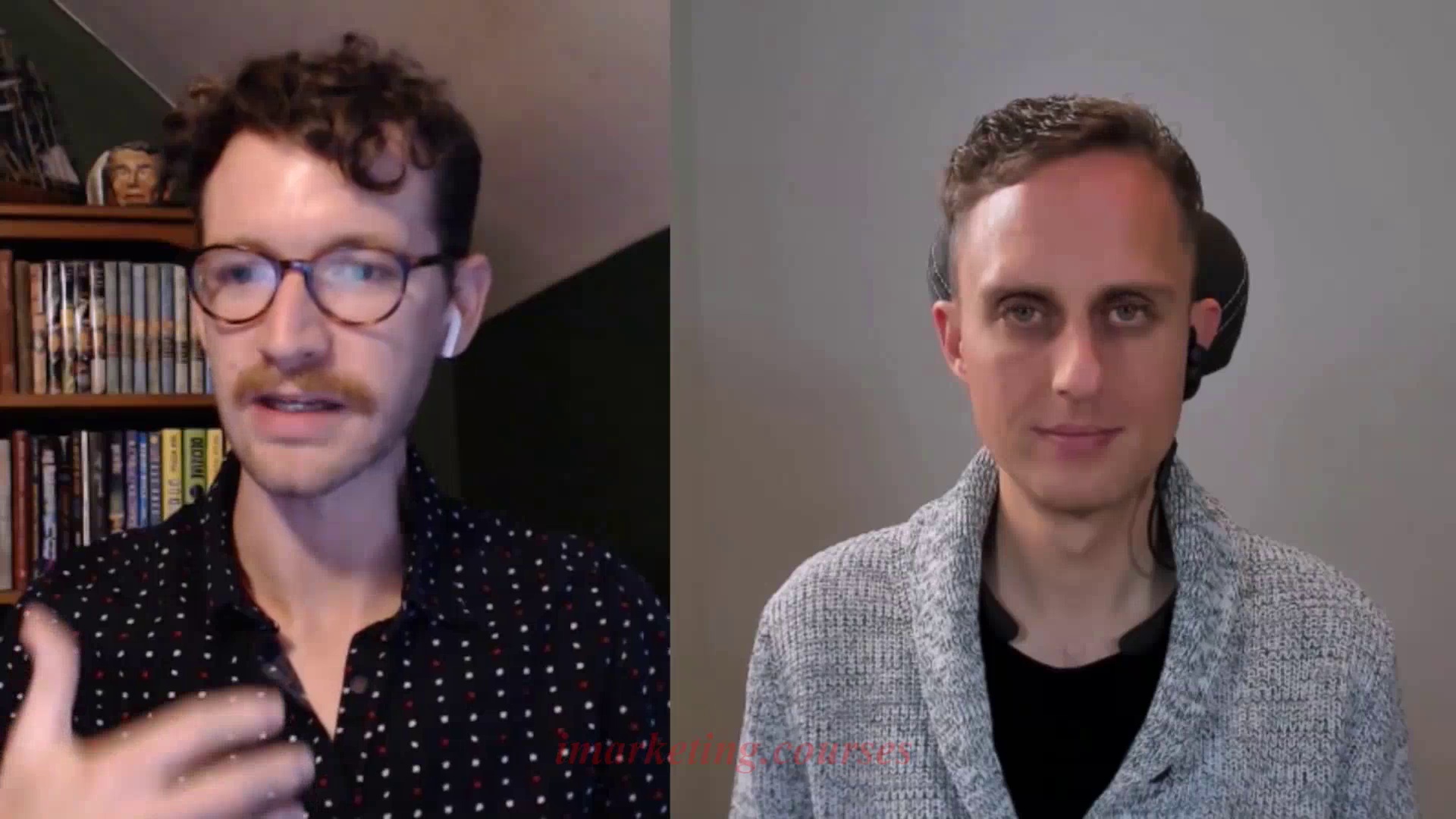
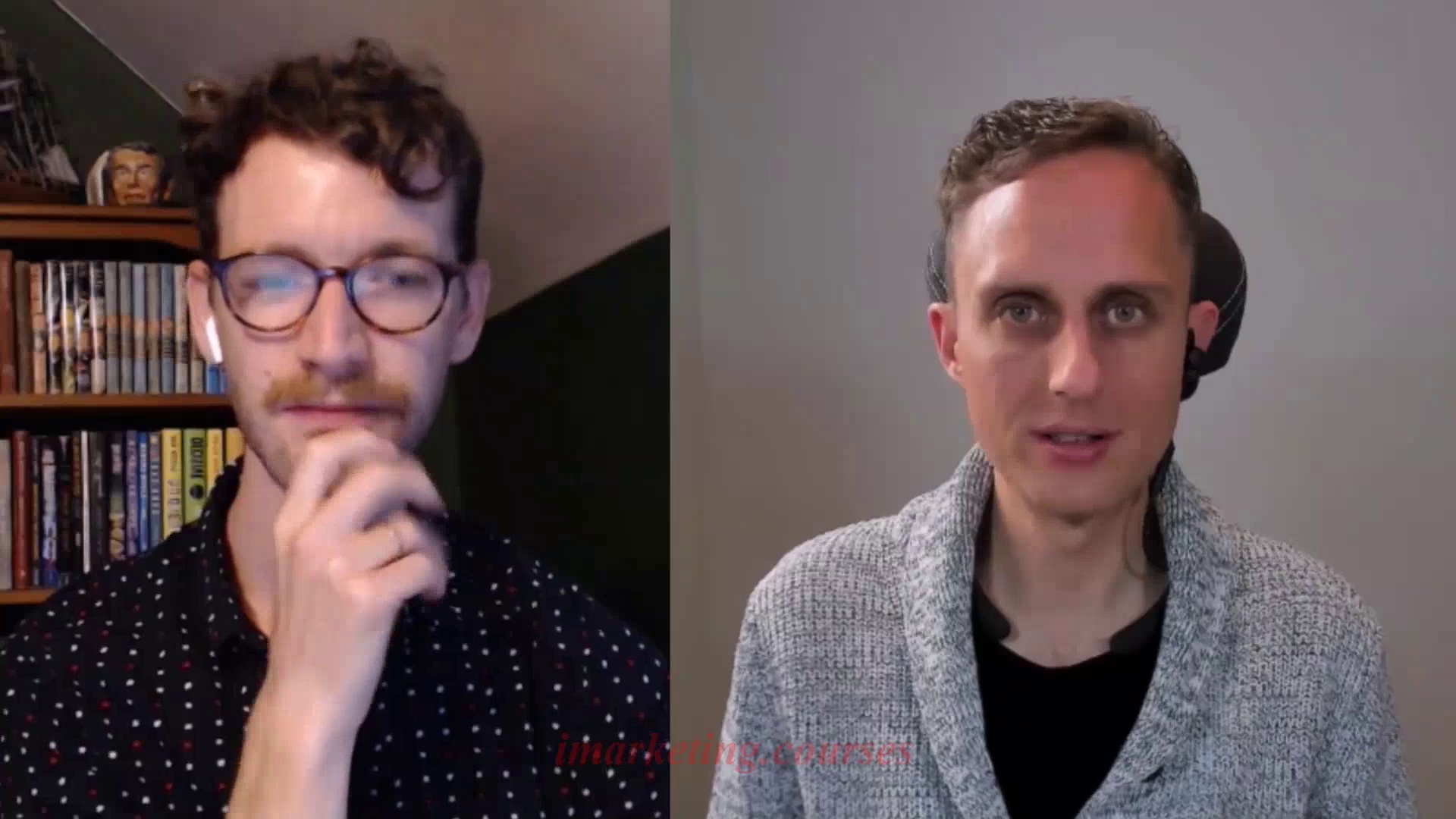
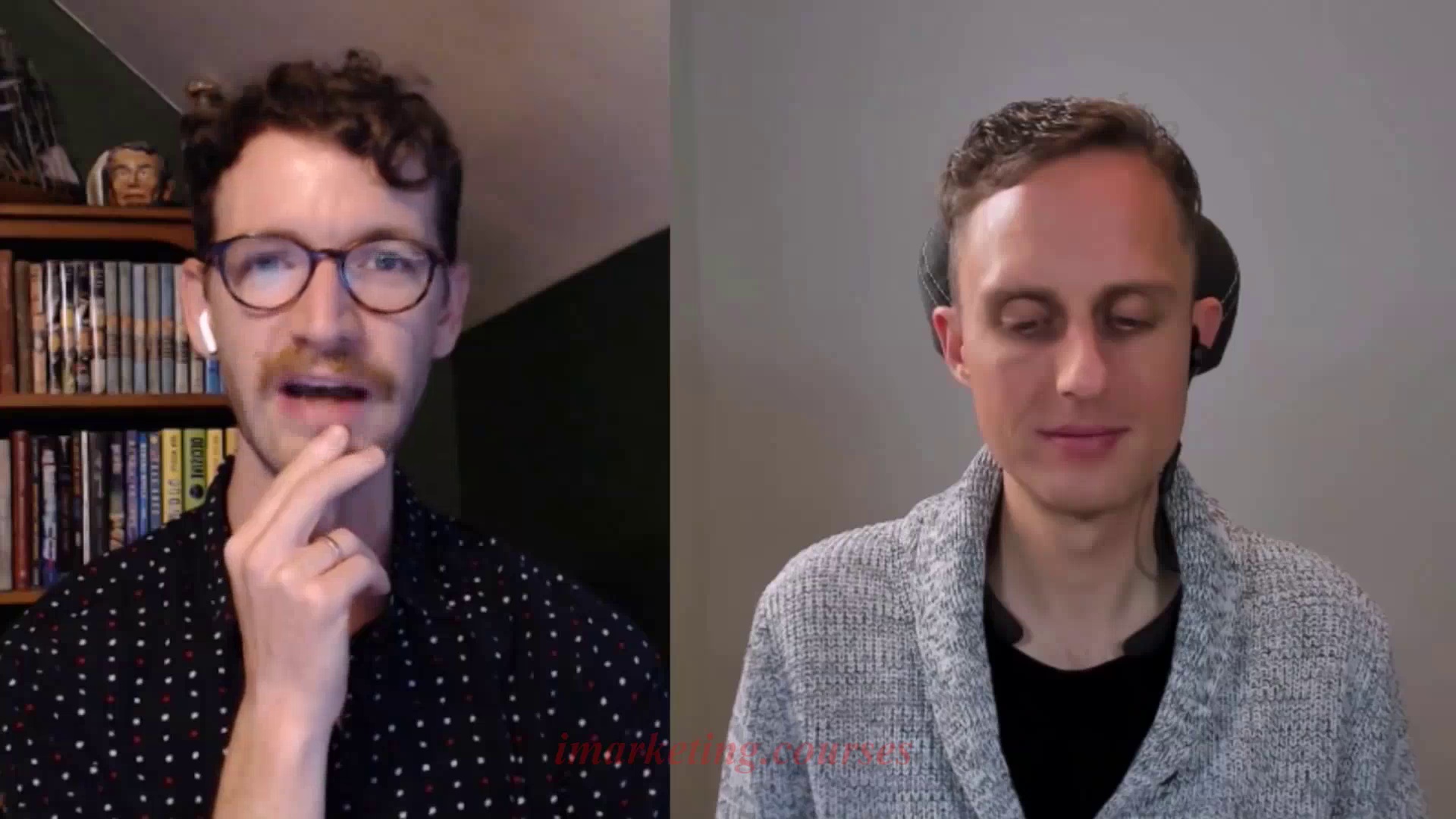
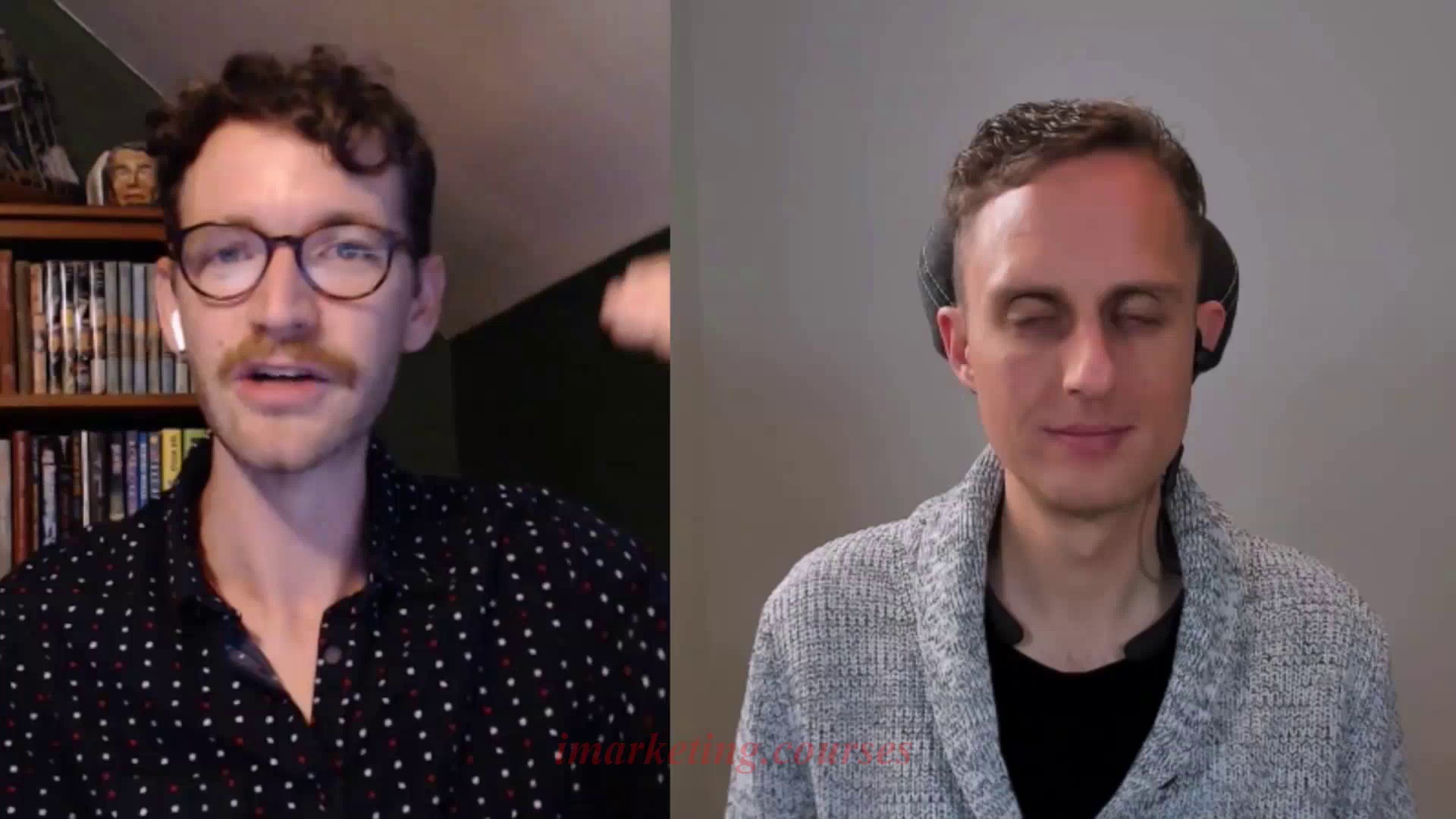
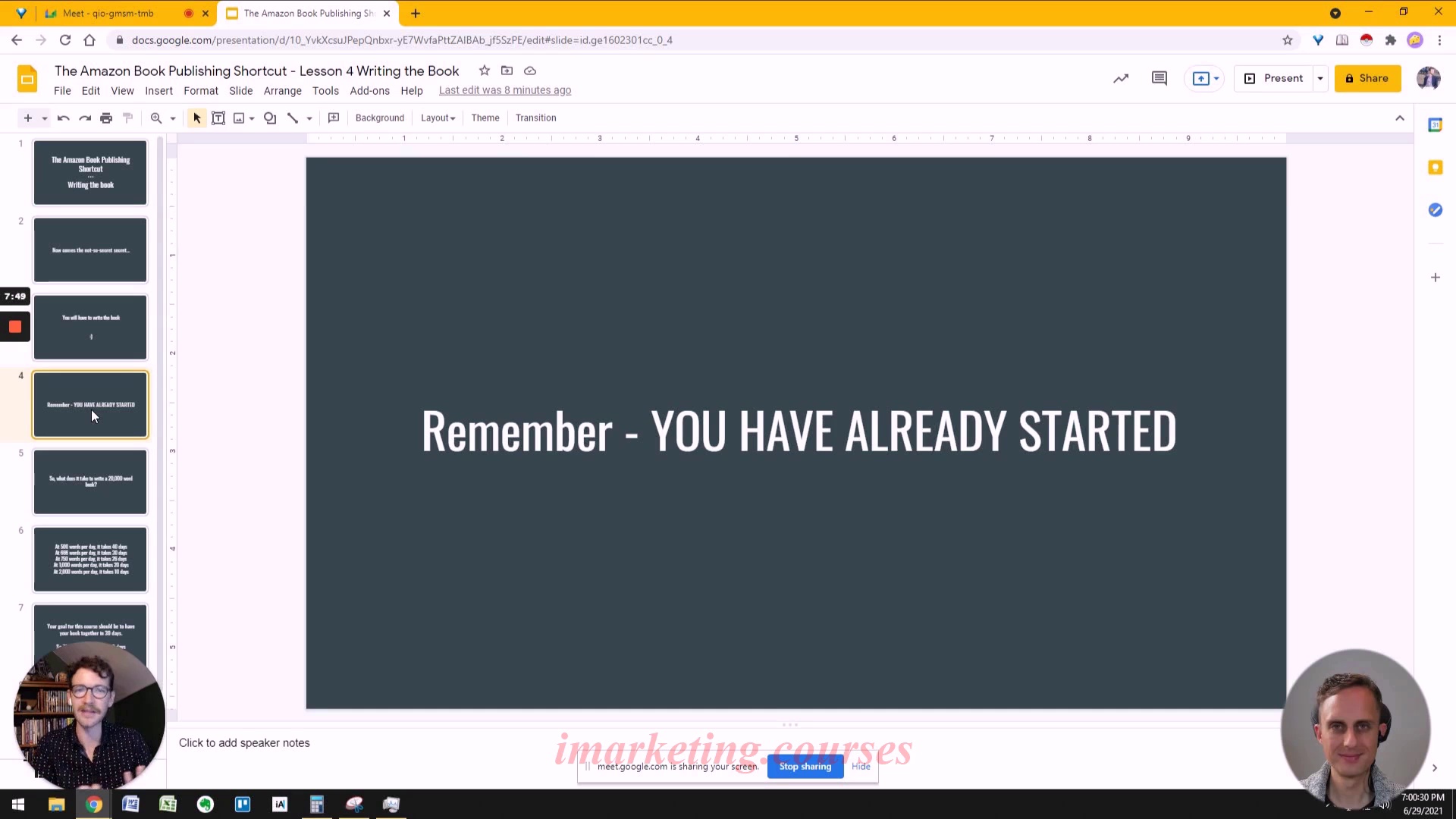
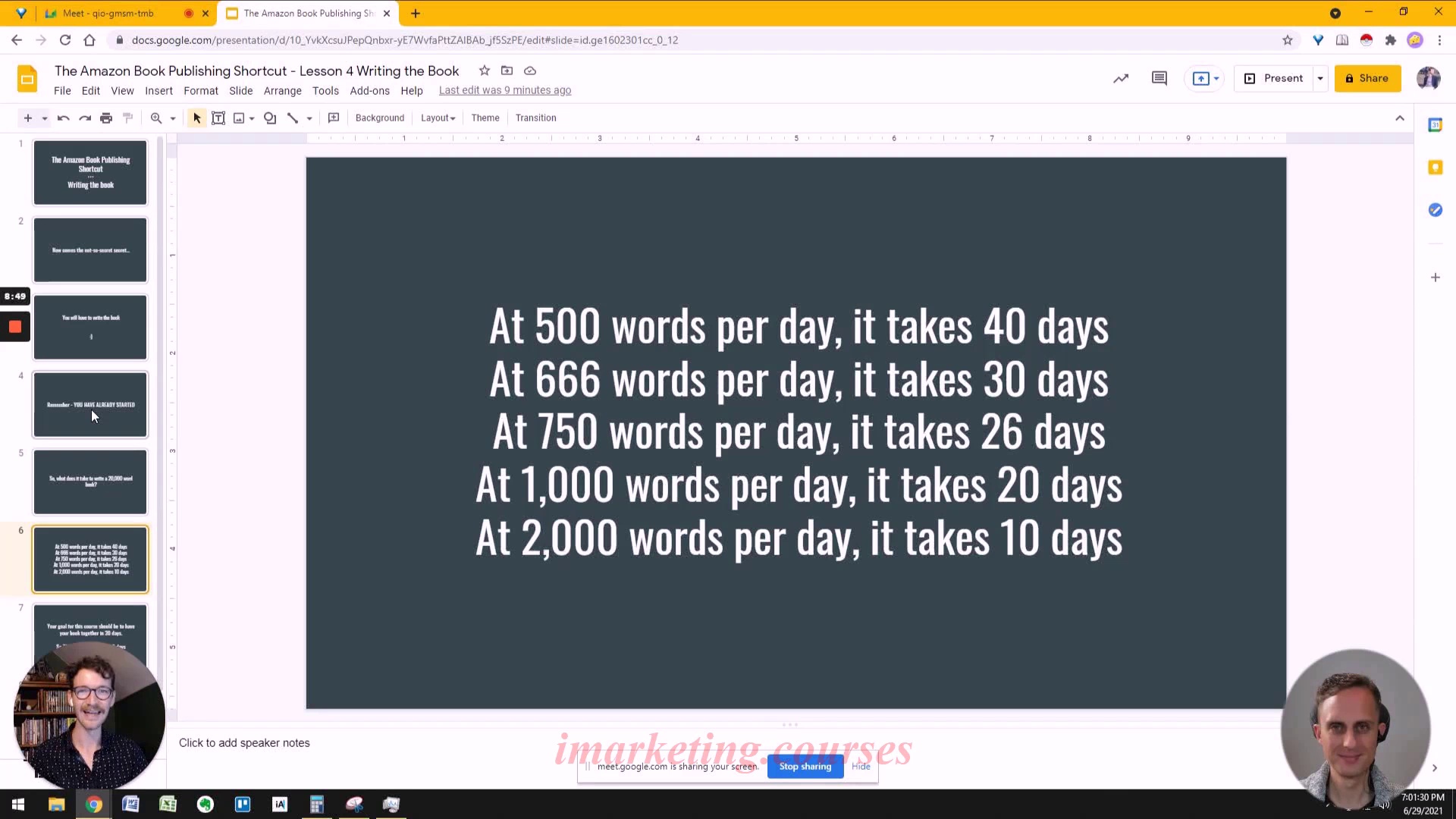
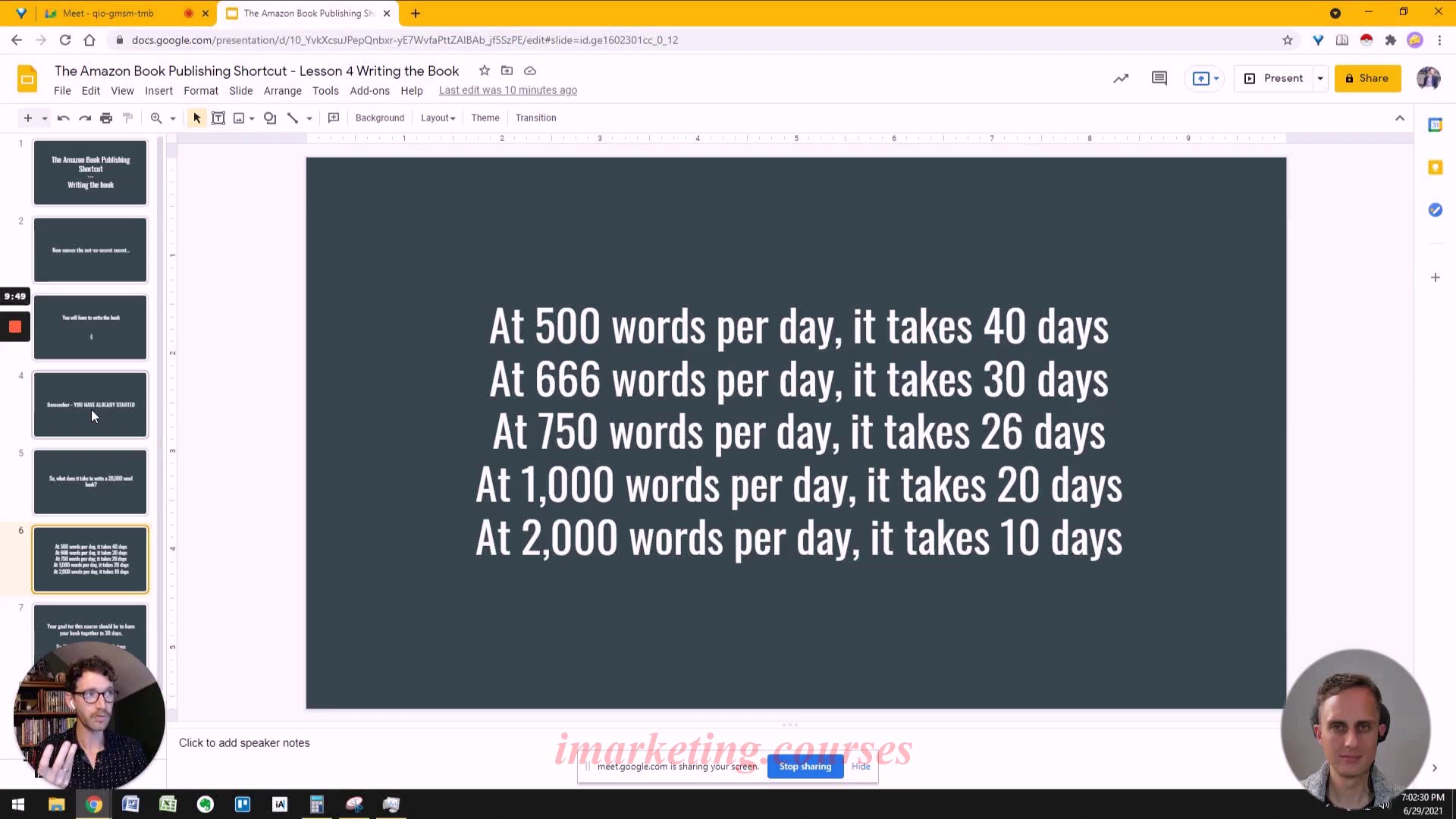
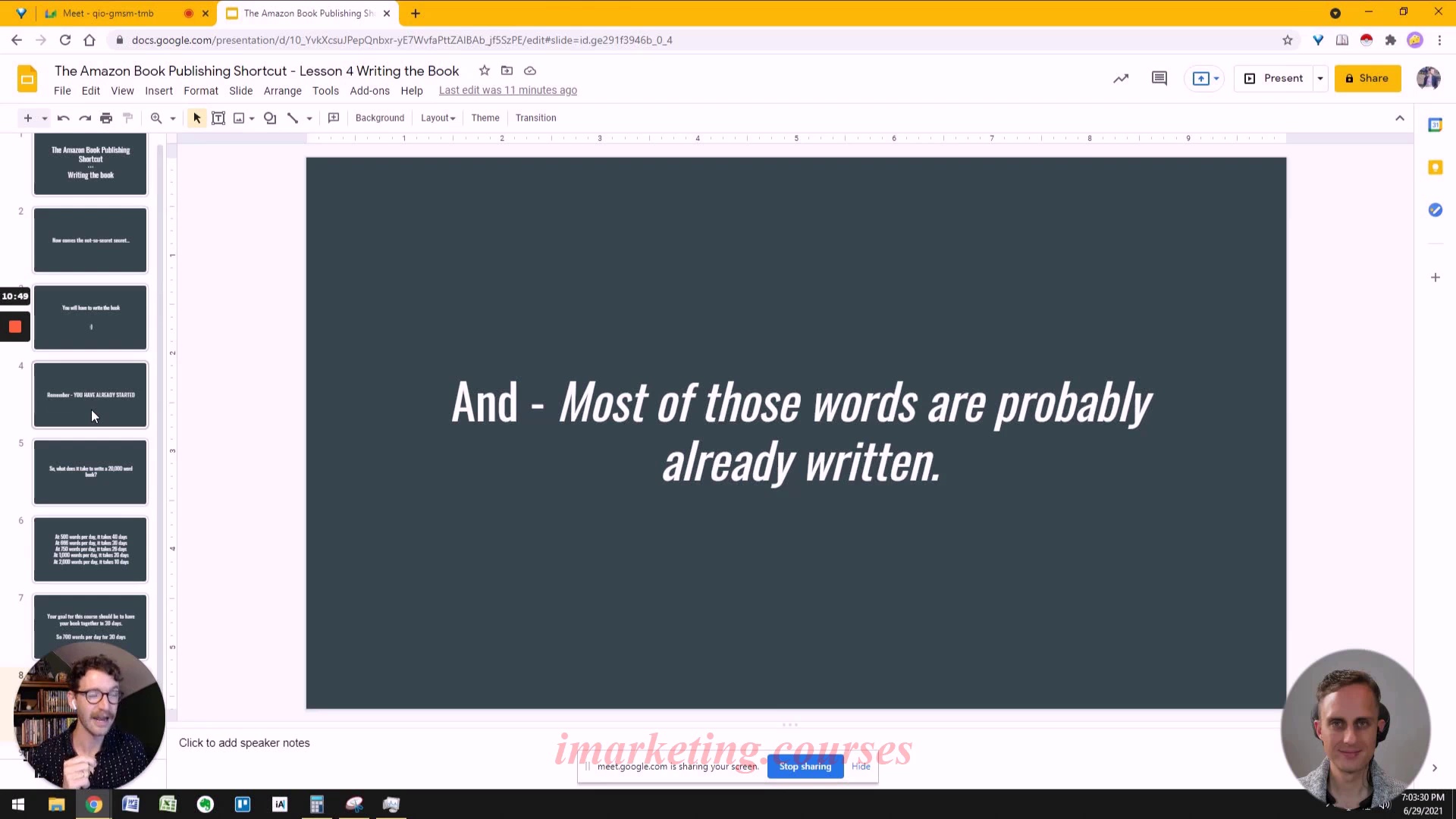
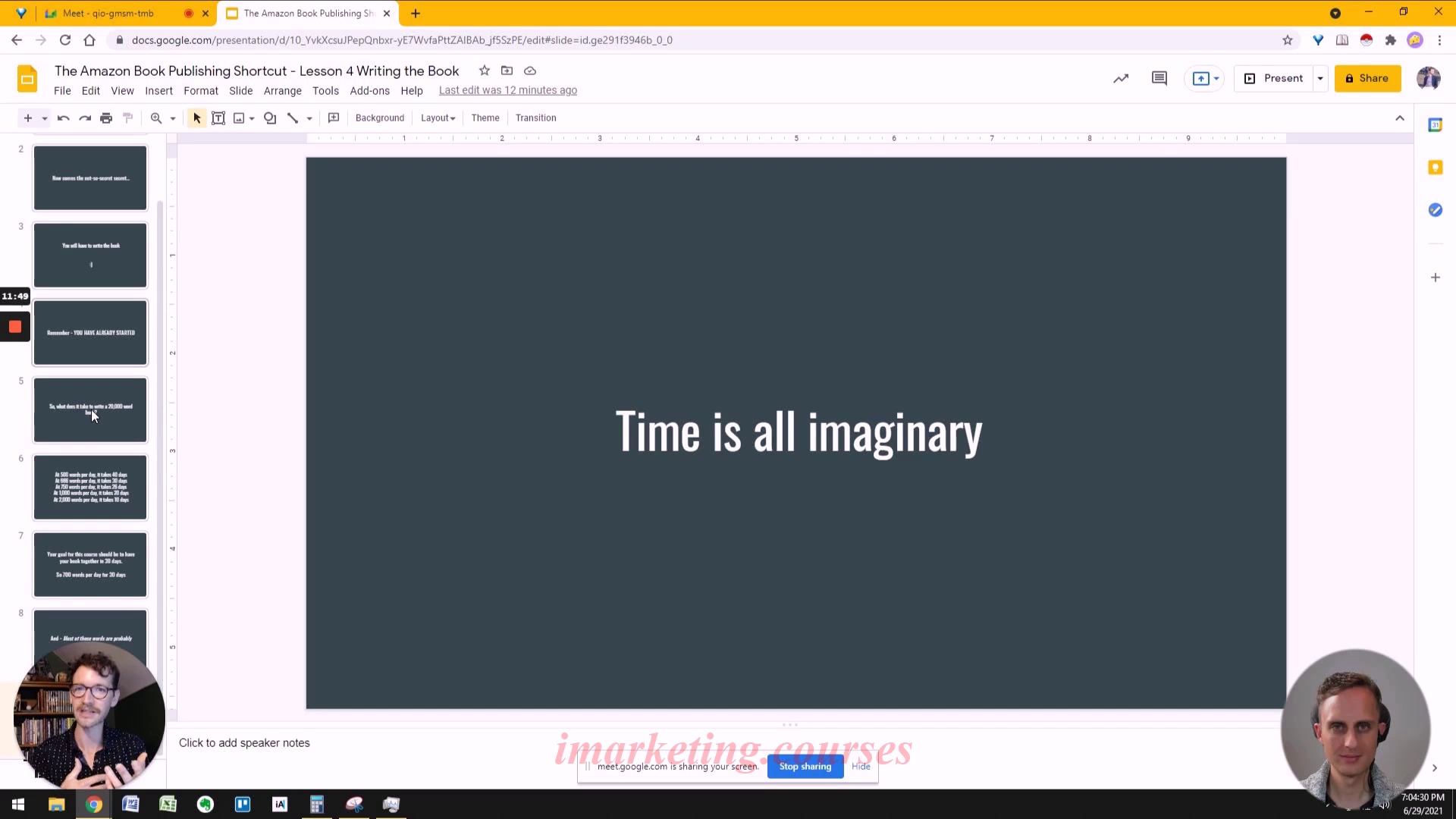
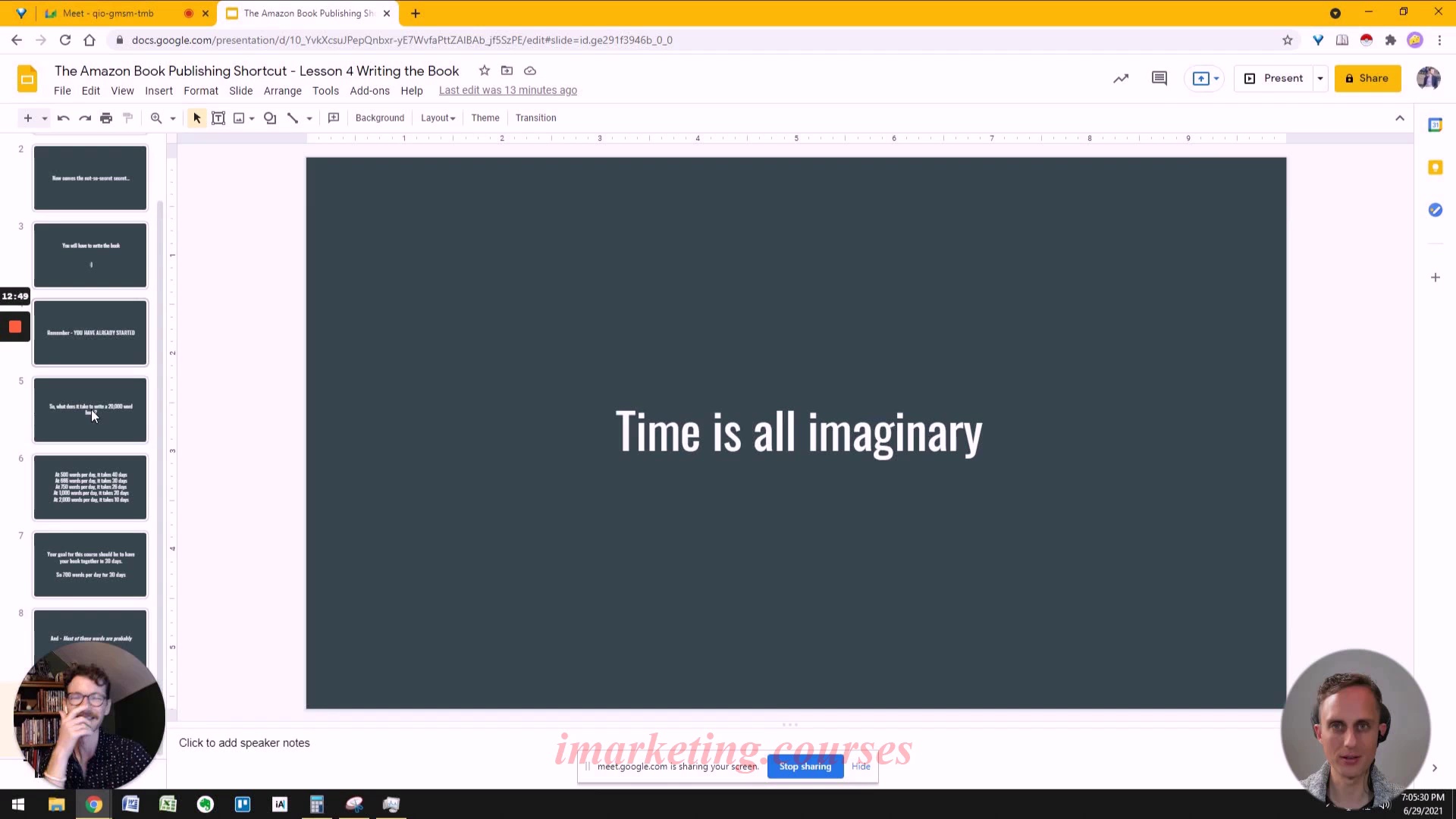
The narrator says writing a book is largely a mindset shift - you have to stop thinking of it as a masterpiece and more like a disposable blog post. The first draft will be bad, but getting something out is important to build skills.
If you write emails, texts, etc. you're already a writer. Set aside just 10-20 minutes a day for 20-40 days and you can write a 20,000 word book. You likely already have content you can use. The only barrier is prioritizing the time.
Set a deadline 30 days out to finish your first book. It will help you earn income forever after. The most important thing is accepting you can do it and just consistently putting in a little bit of time each day.
.Tim-D-AmazonBookPubl Misc 3.4 to 5 - Part 3



























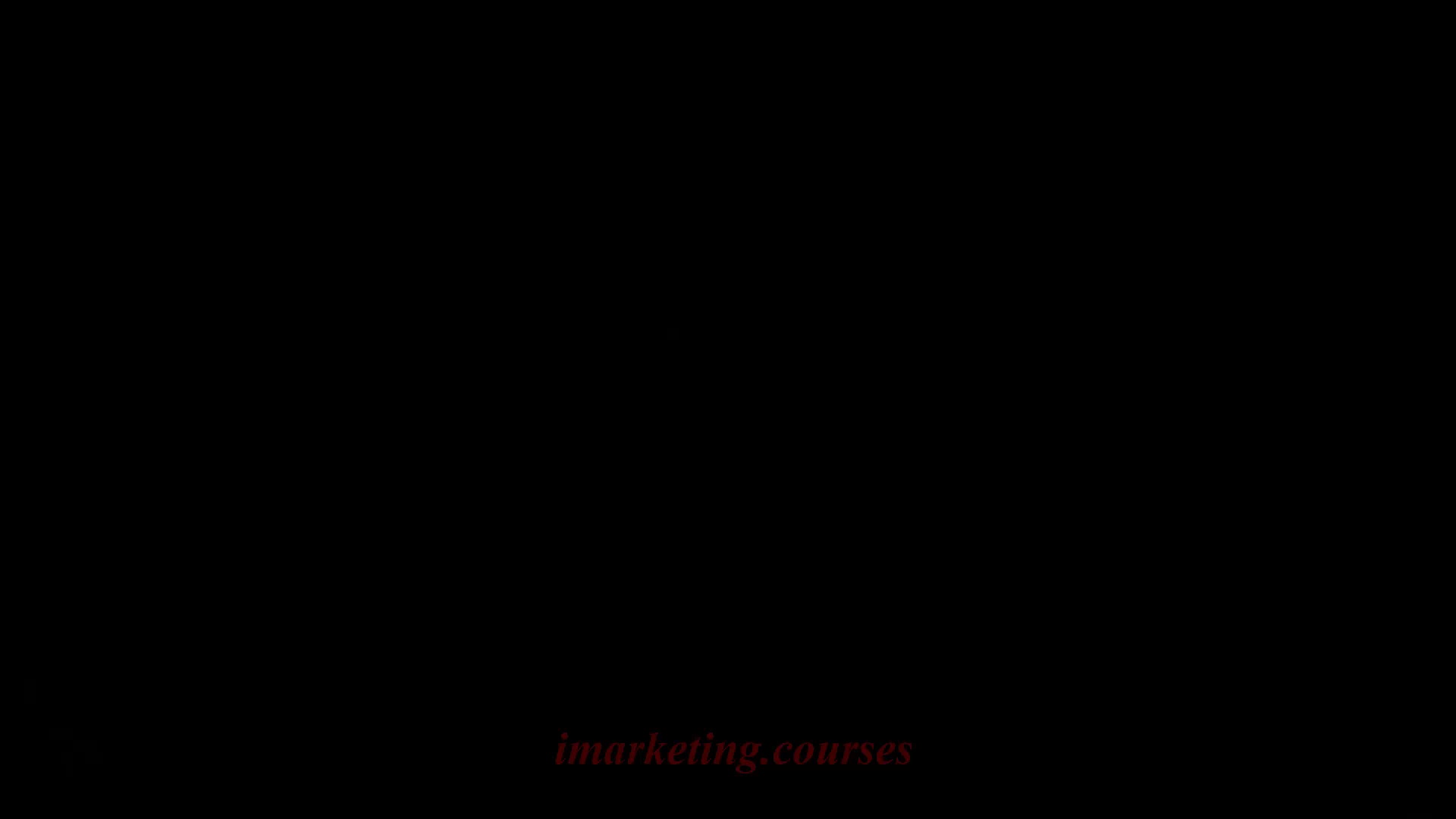
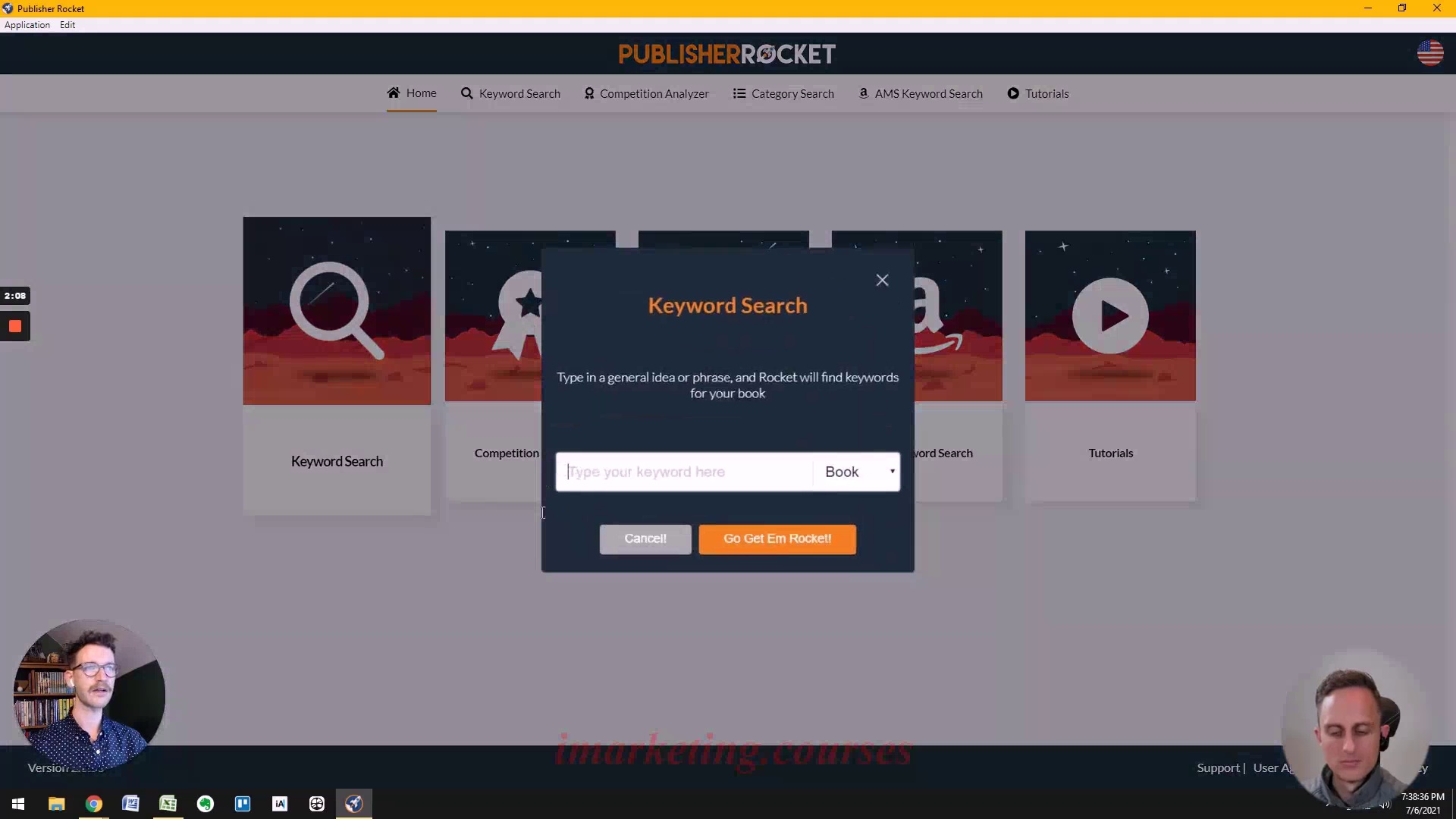
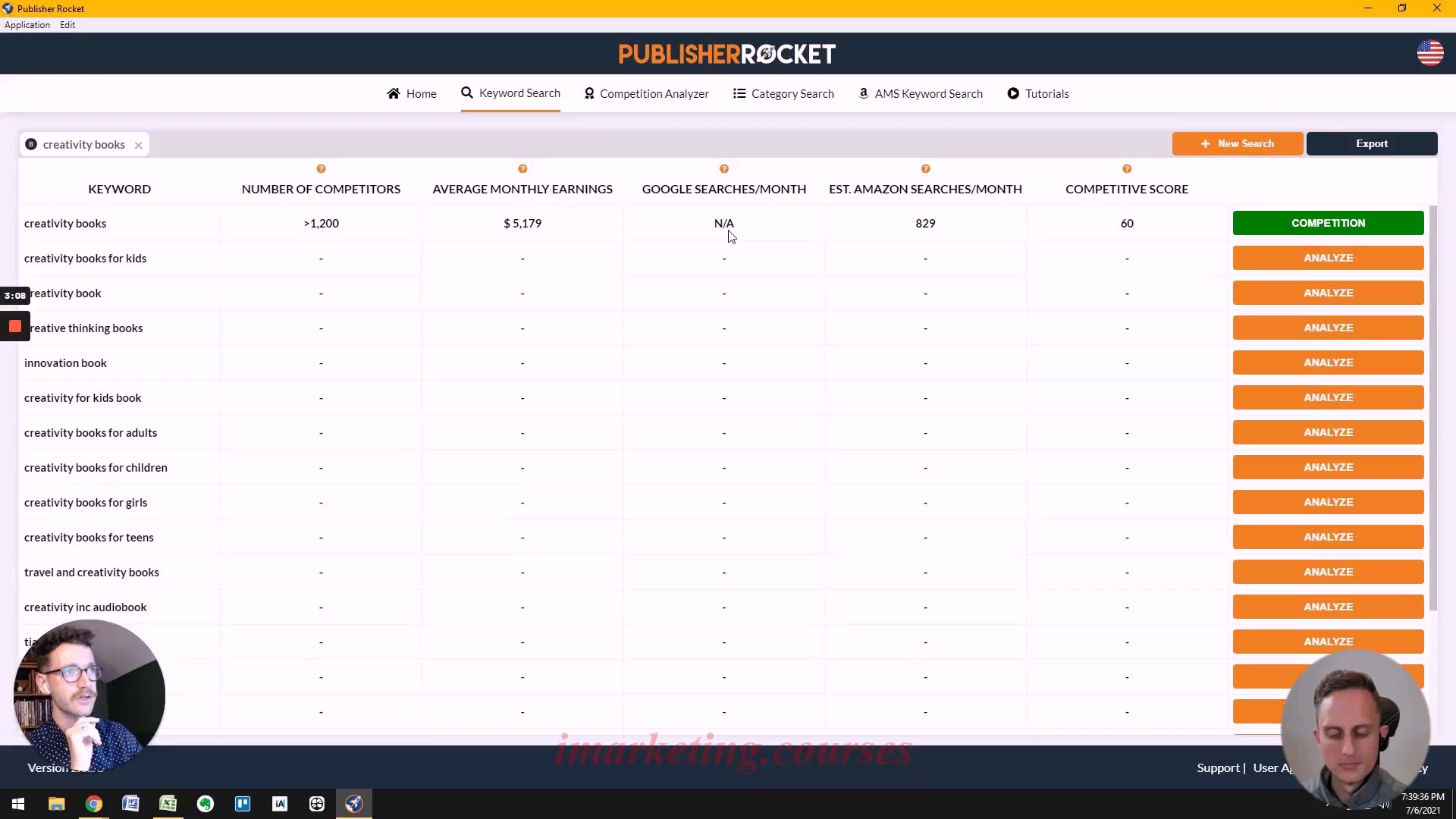
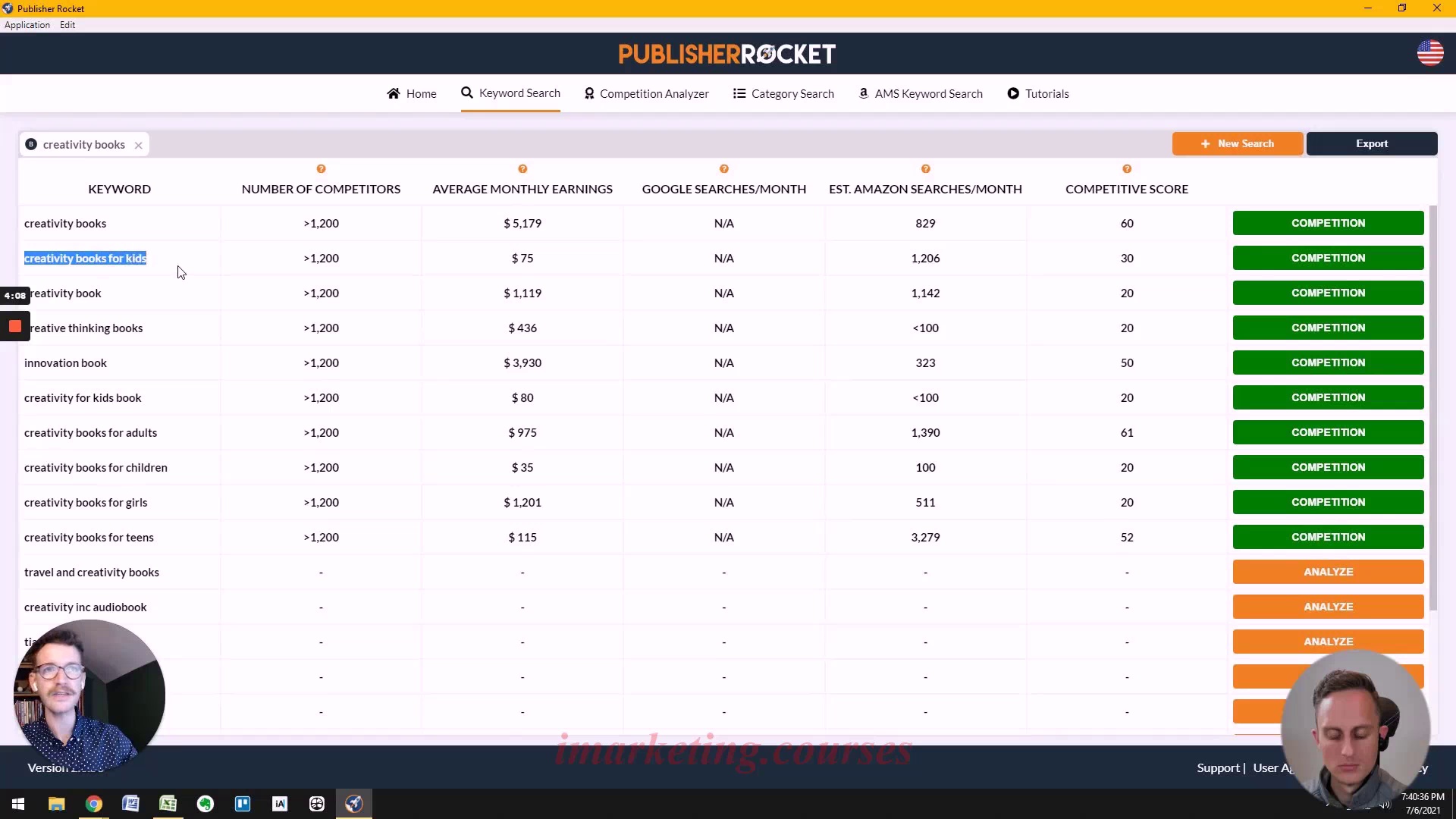
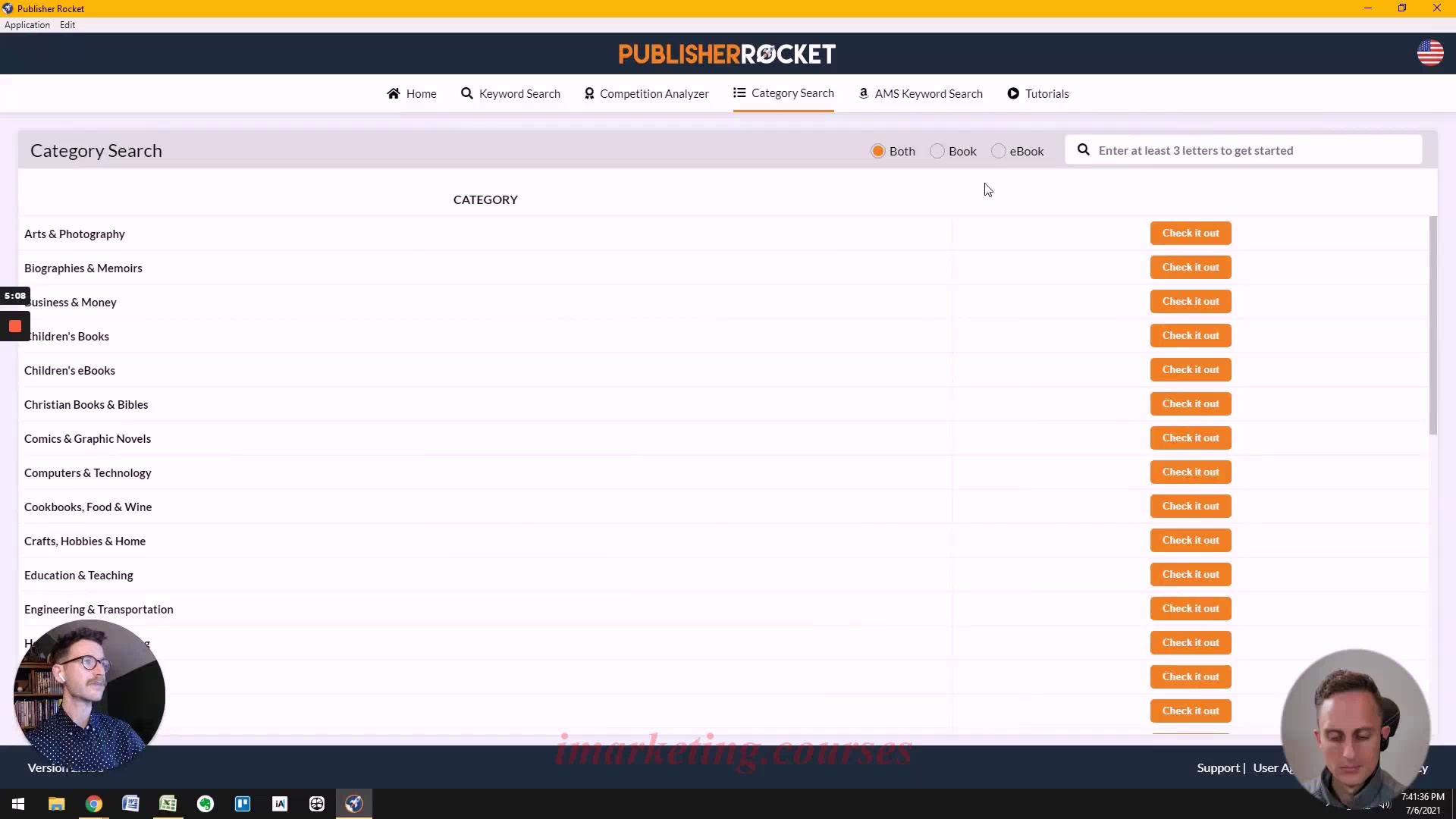
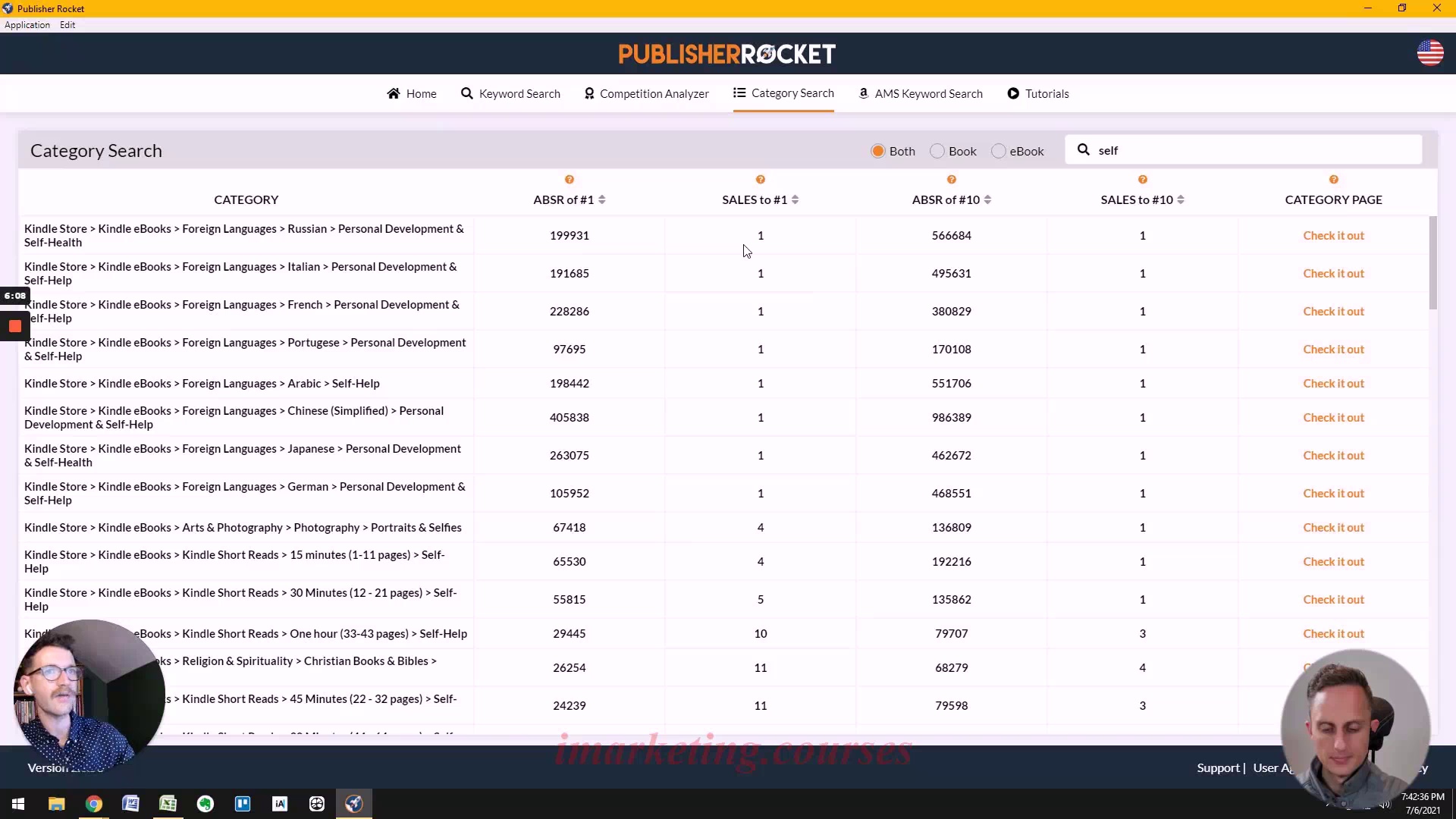
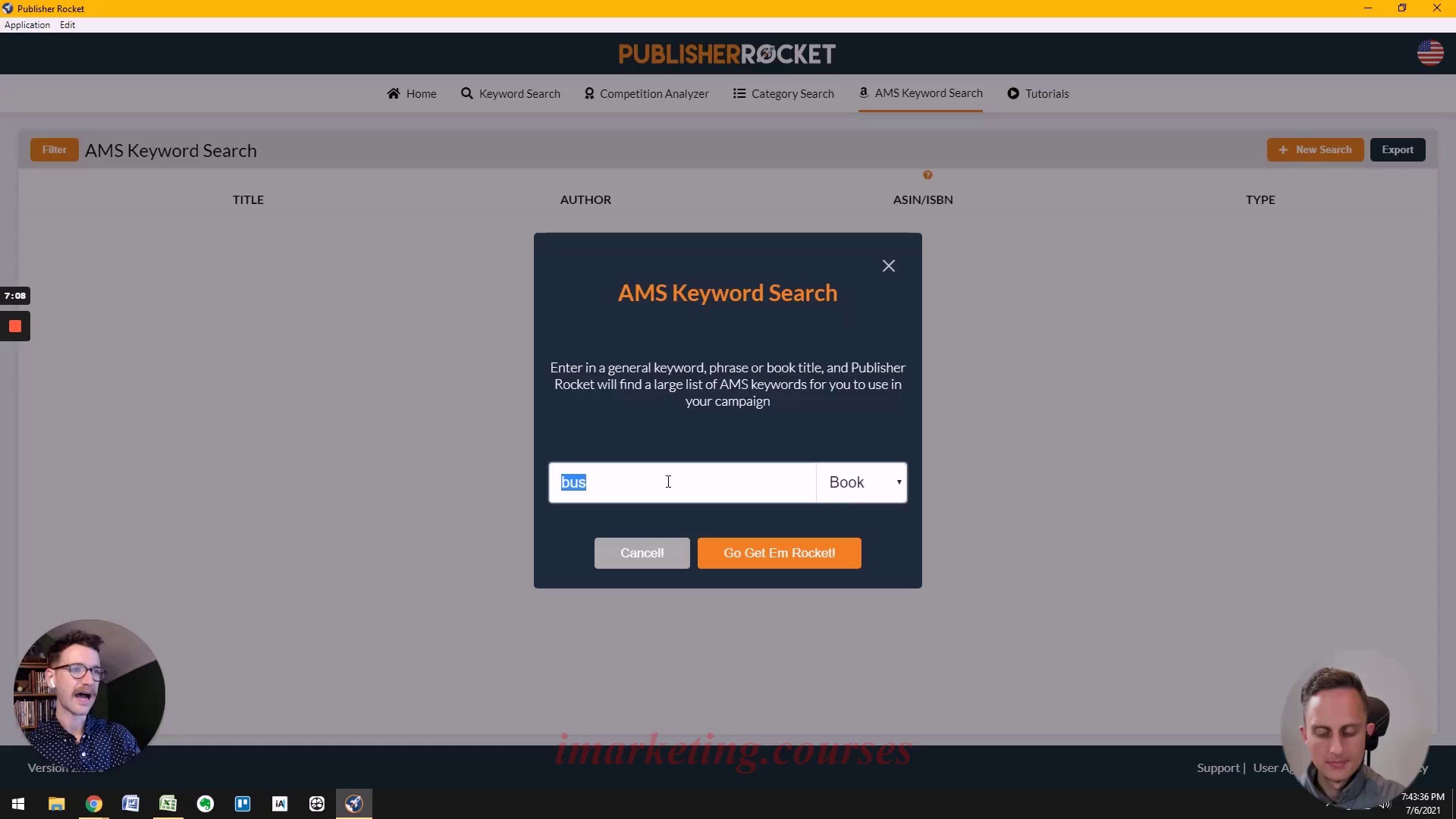
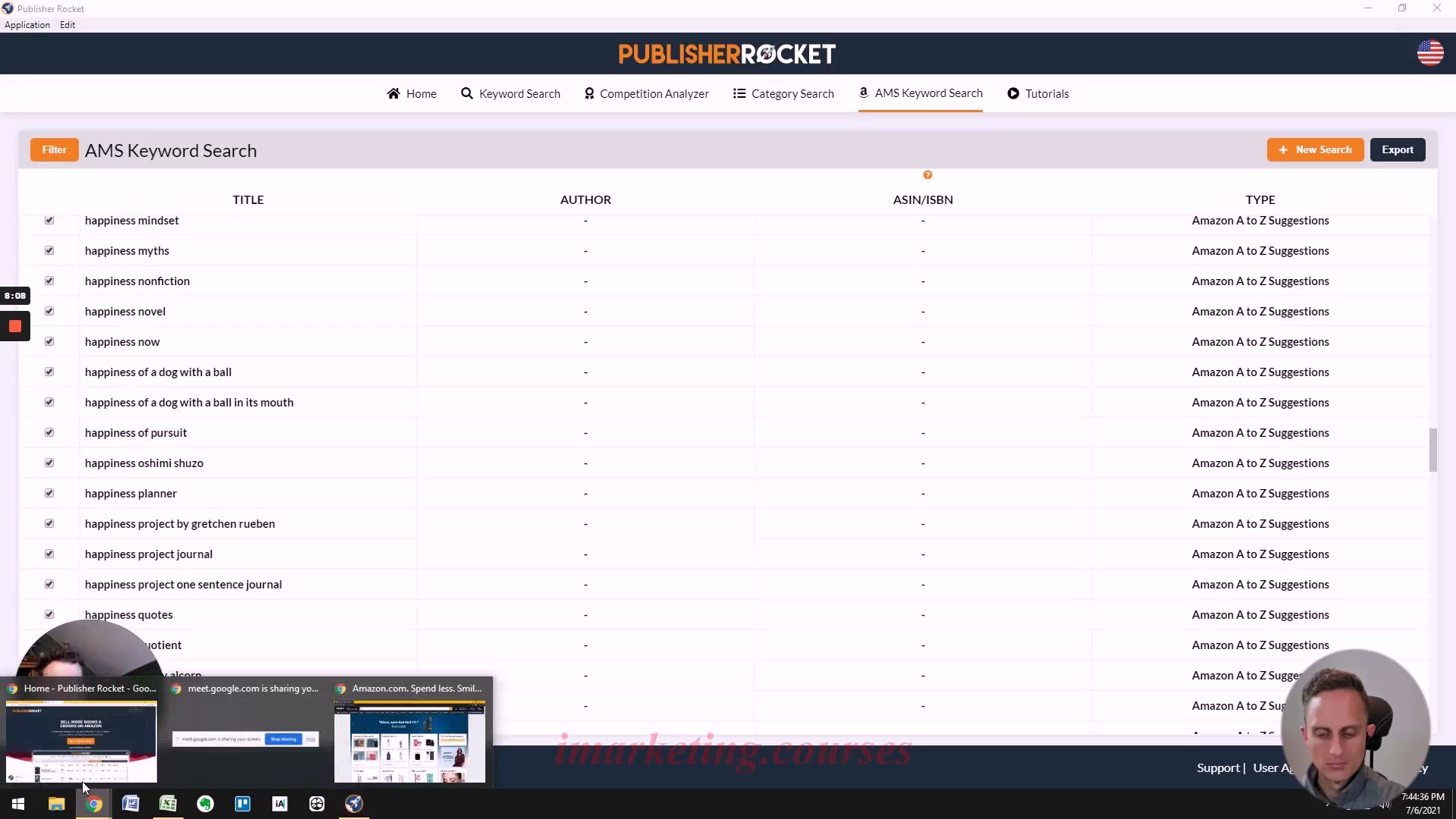
Publisher Rocket is a tool that saves time when researching keywords and categories for books published on Amazon.
It shows search volume data for keywords, helping authors pick profitable topics and titles. It also shows competition levels, helping authors pick categories where their book can rank highly.
Some key features are:
- Keyword search to assess demand and competition
- Category search to find easier-to-rank categories
- One-click export of hundreds of relevant keywords
The tool costs $97 as a one-time fee. The narrator recommends it for experienced authors launching multiple books, as it can provide significant time savings.
.Tim-D-AmazonBookPubl Misc 3.4 to 5 - Part 4



































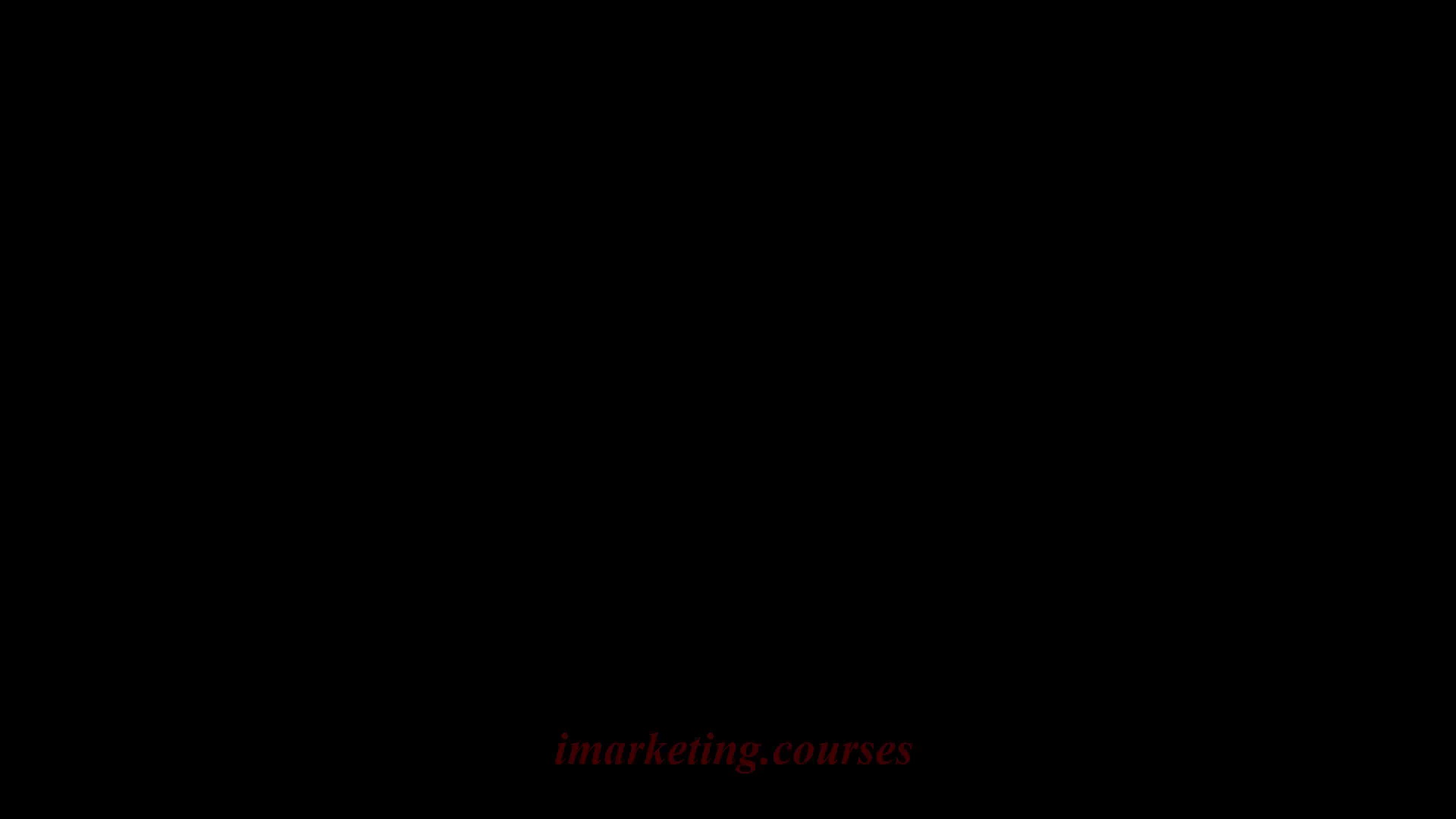
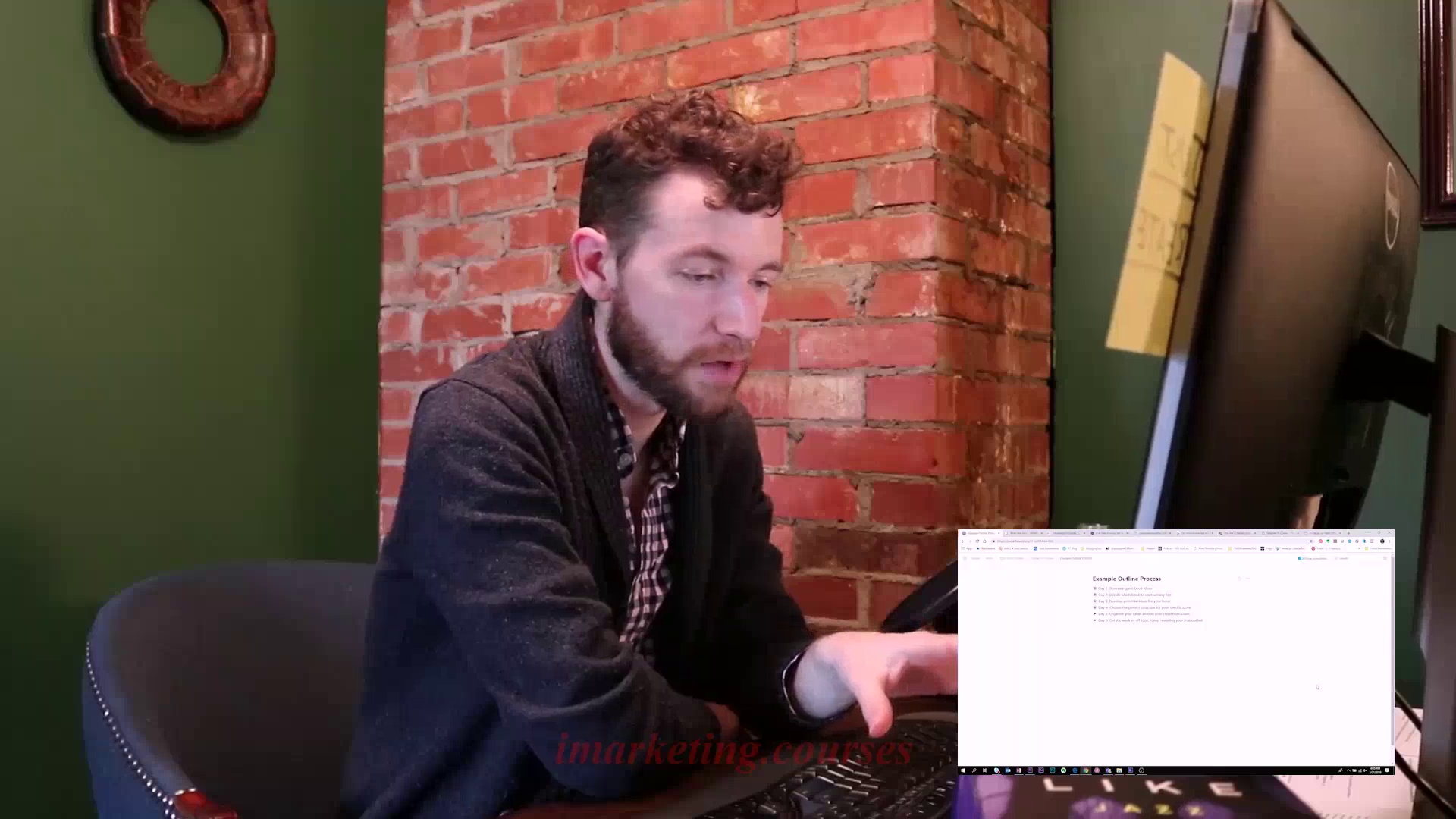
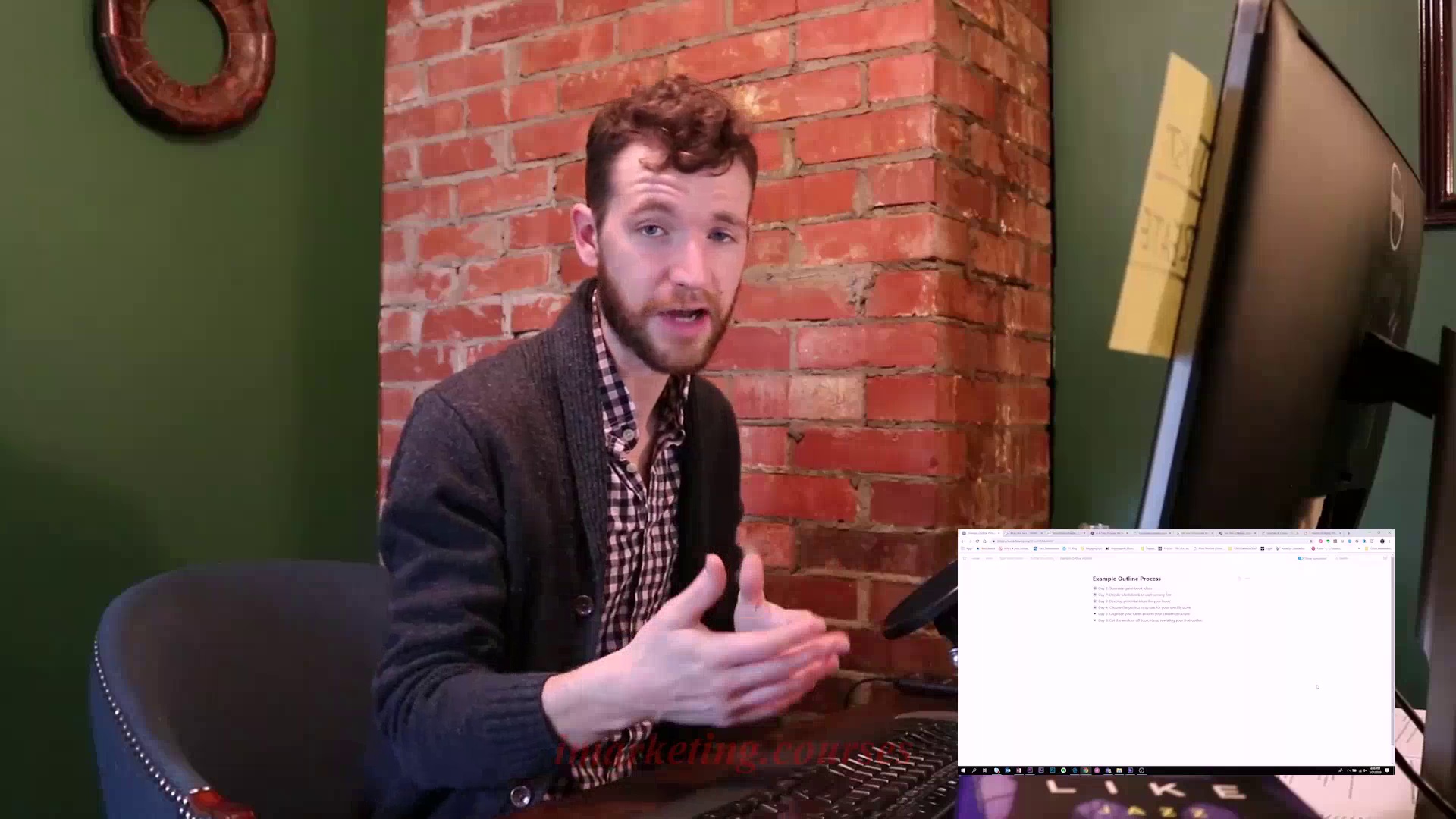
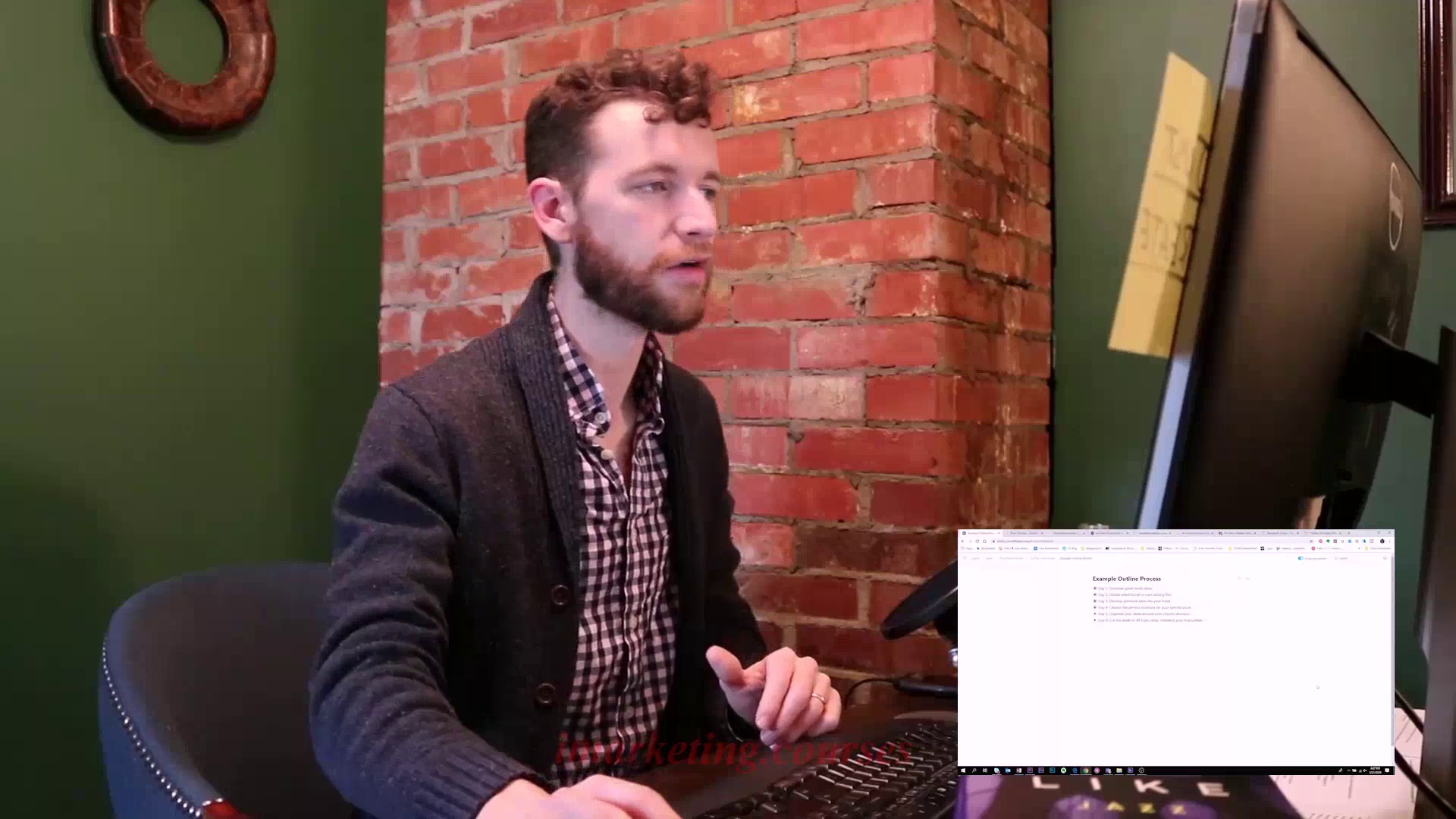
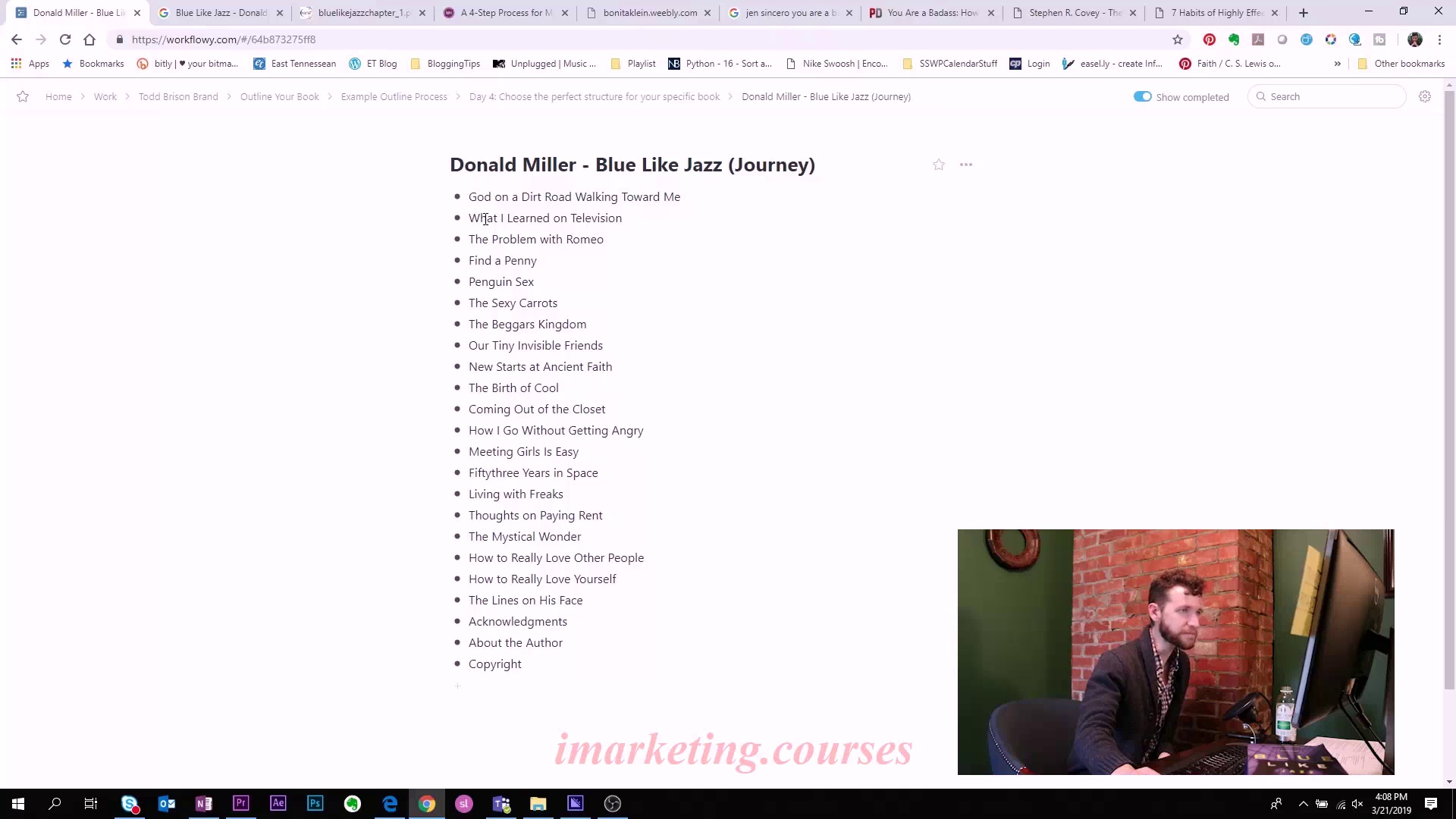
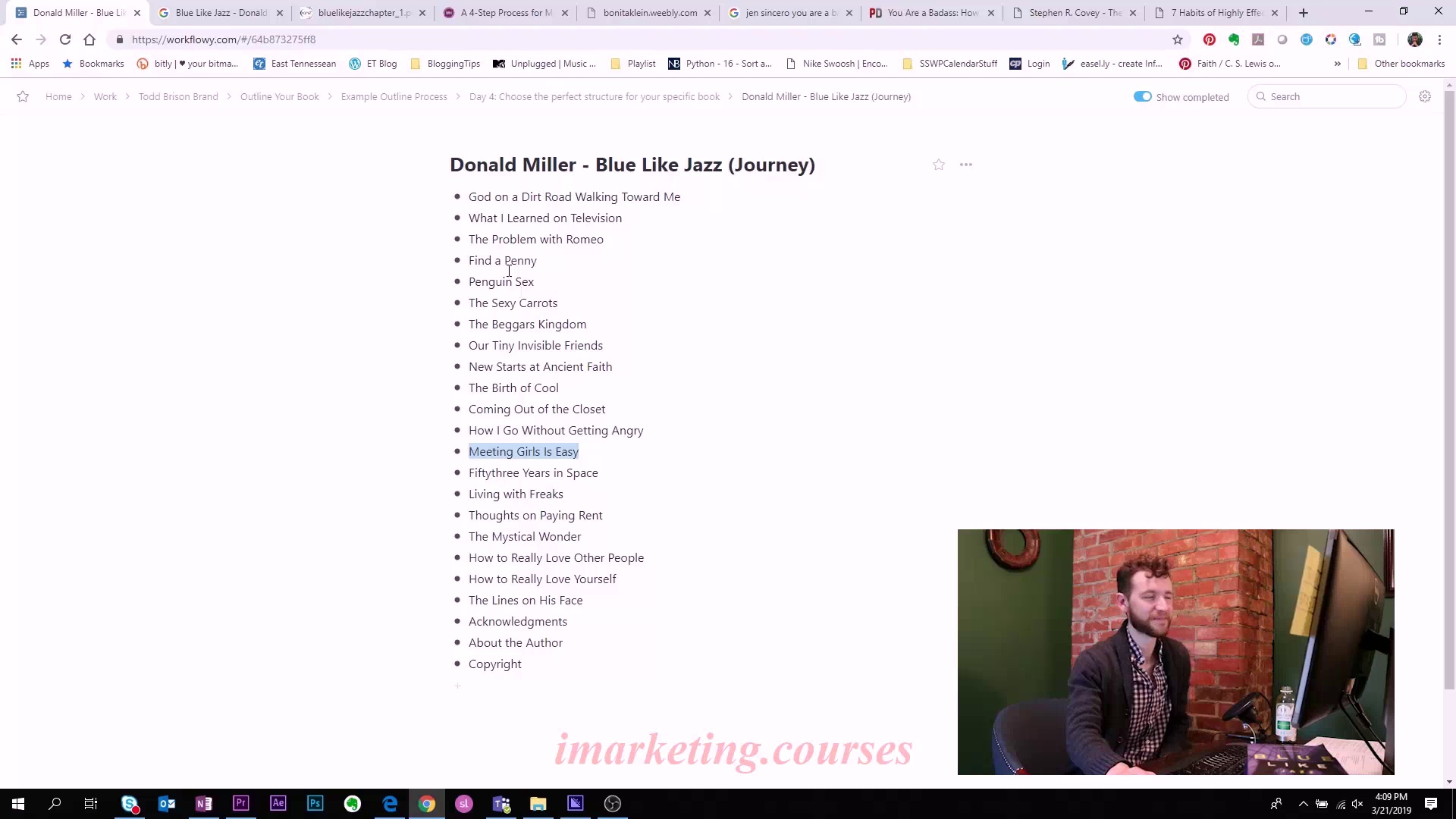
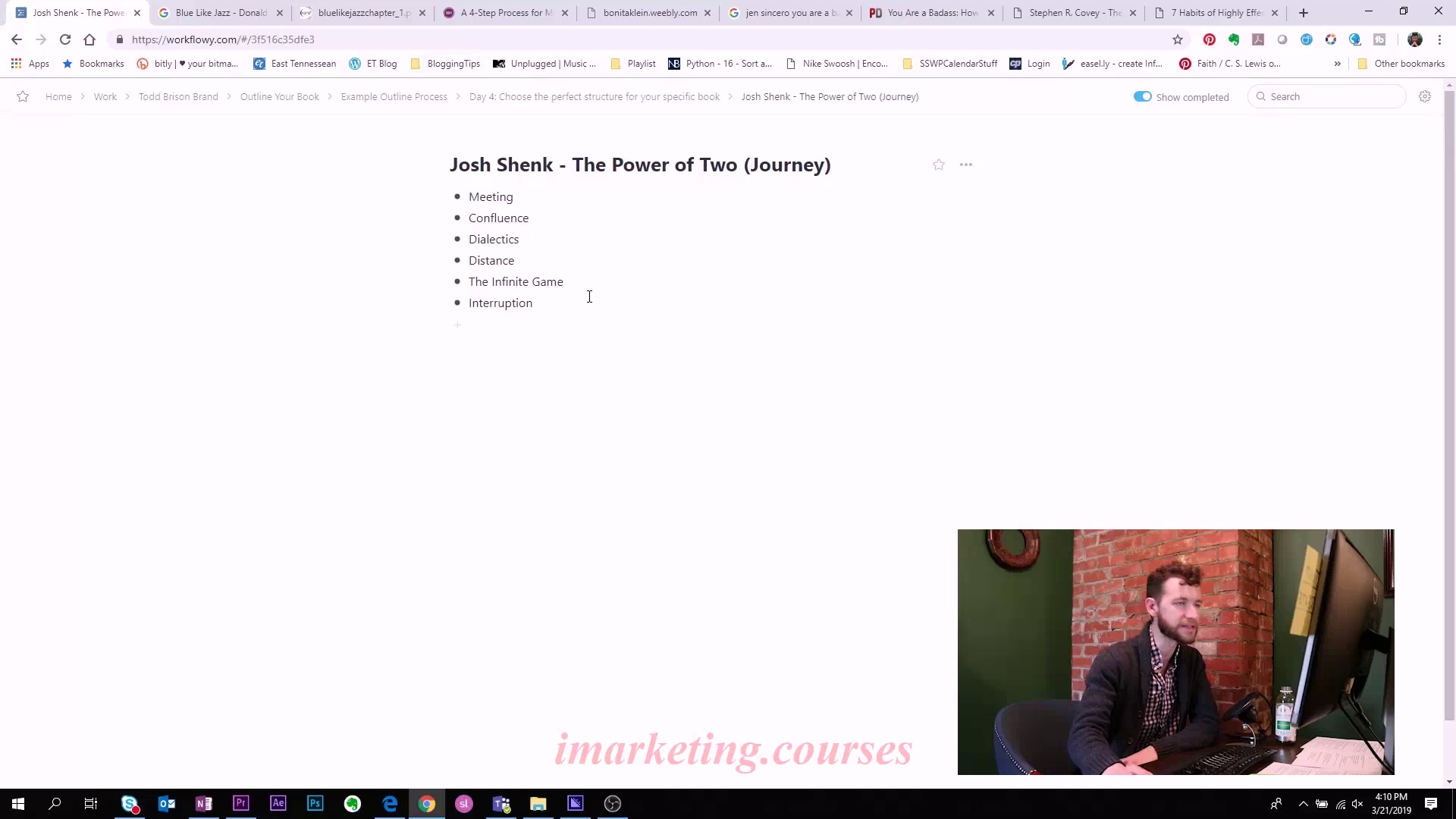
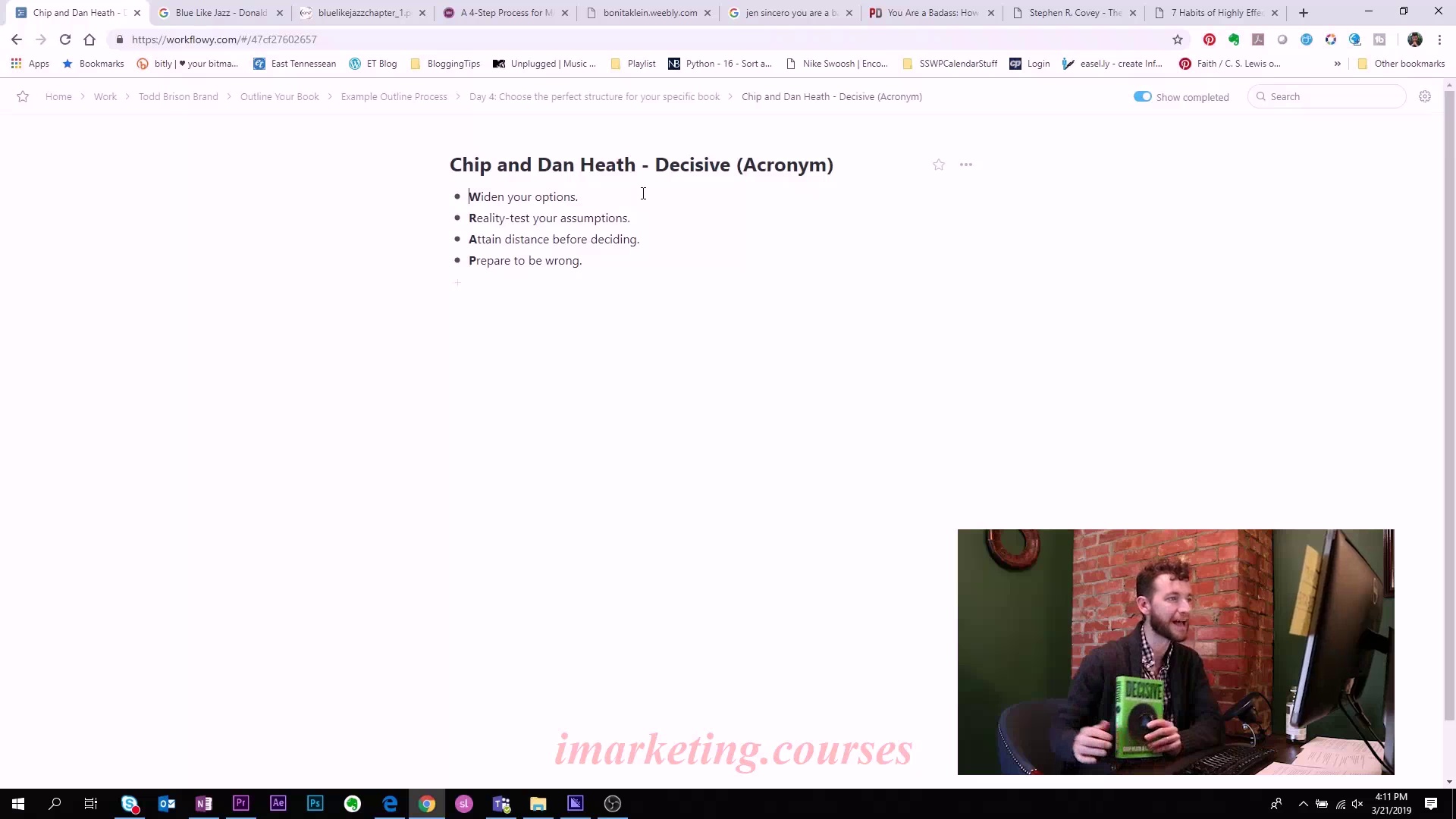
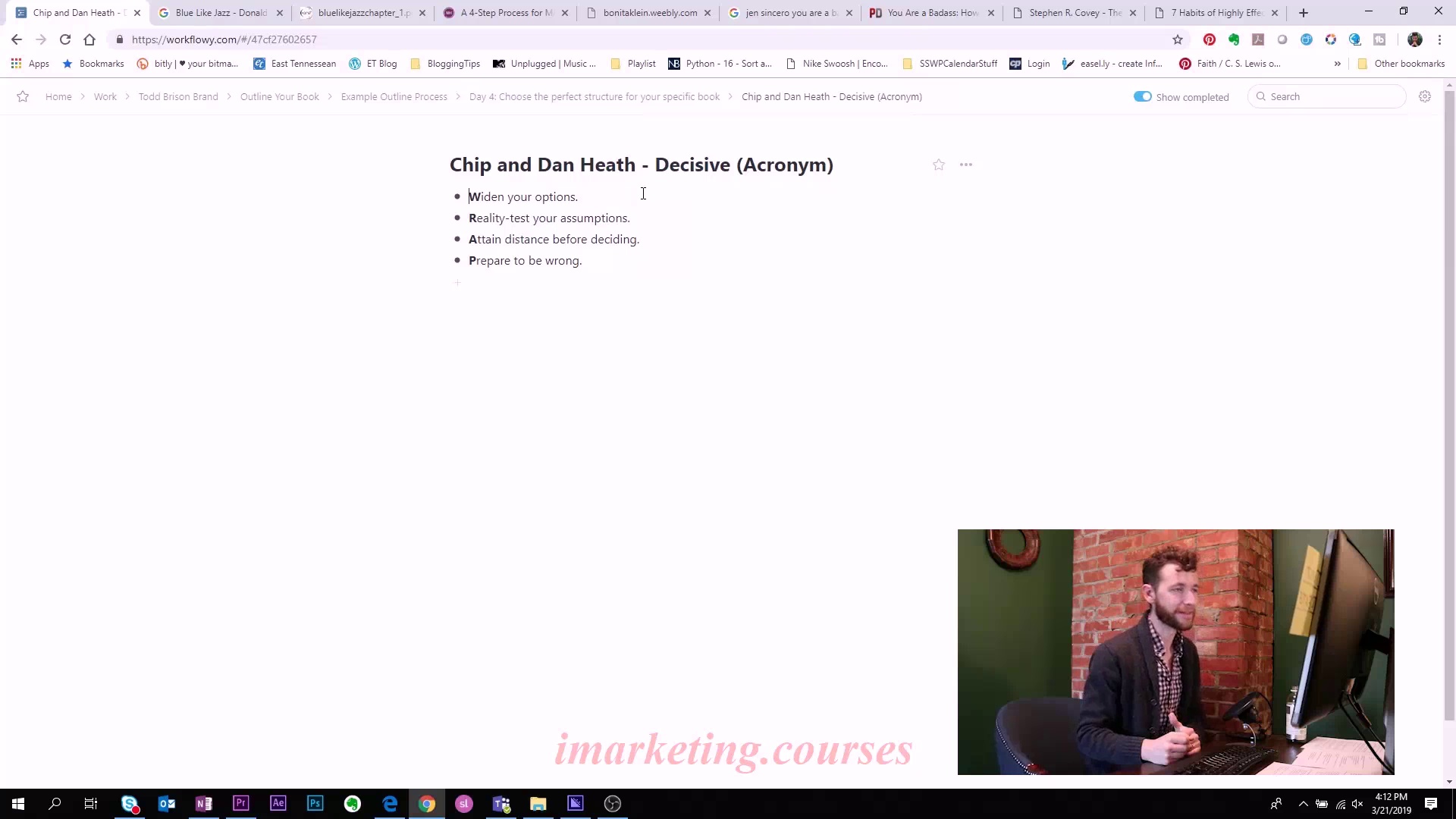
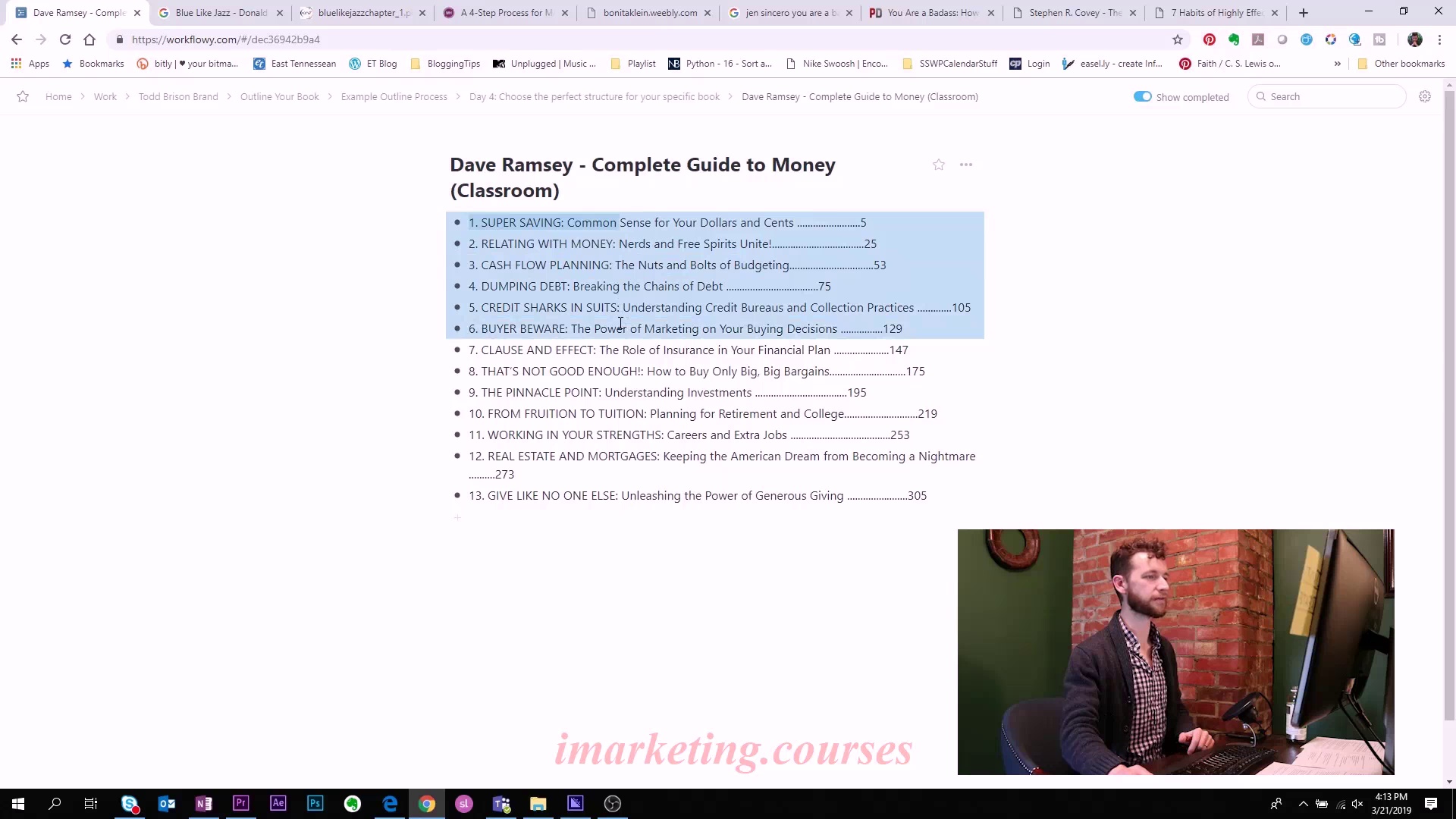
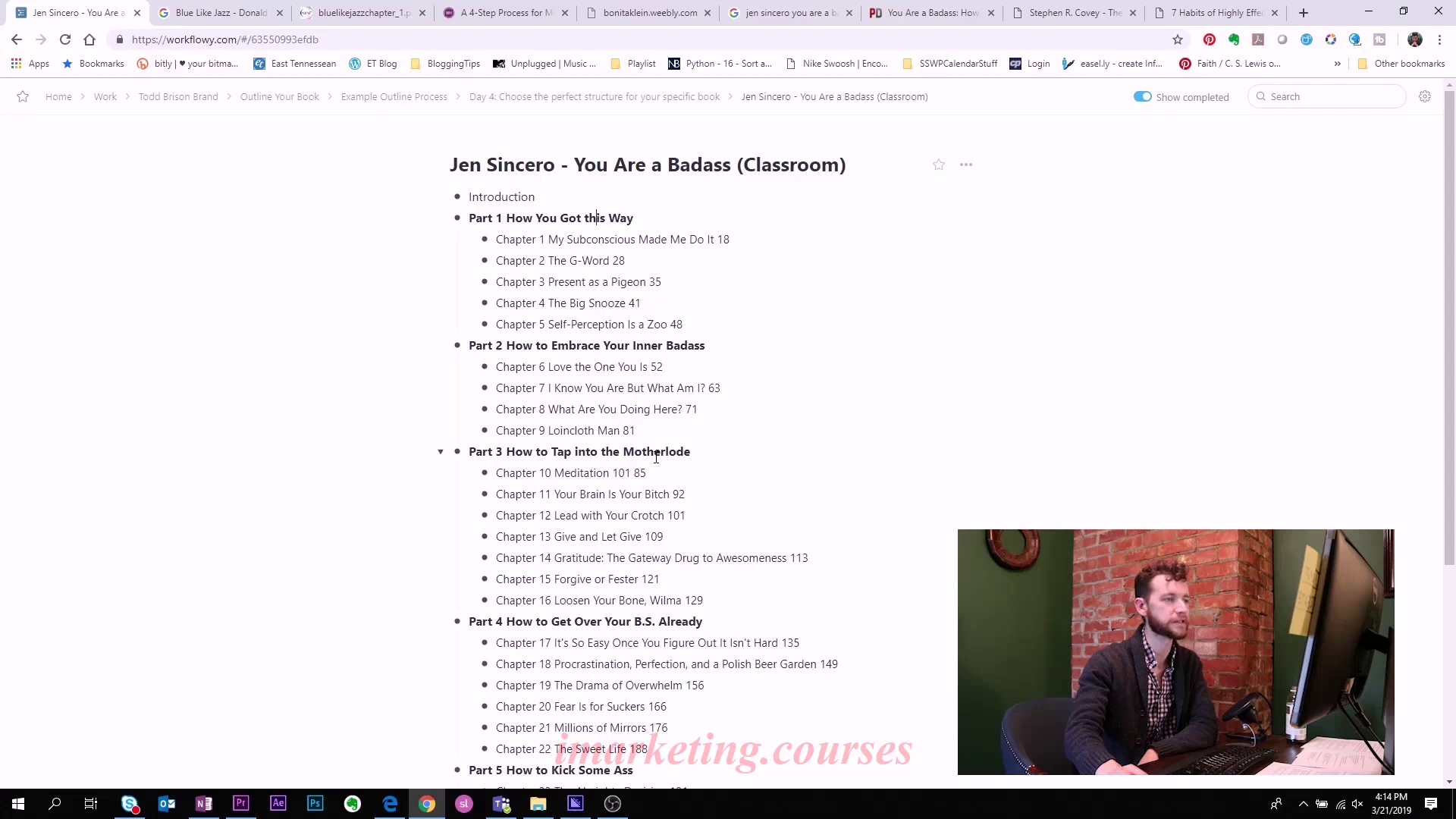
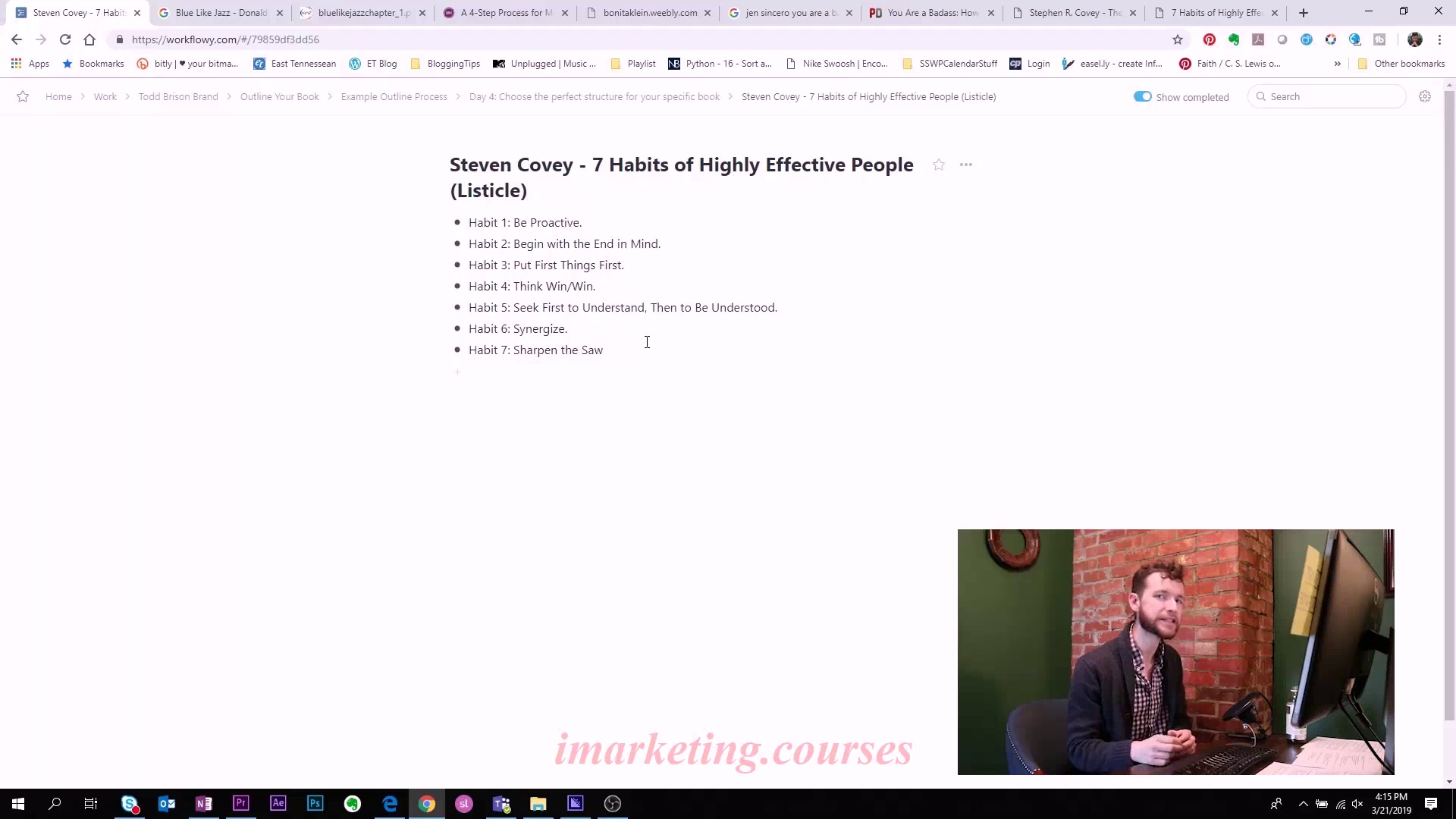
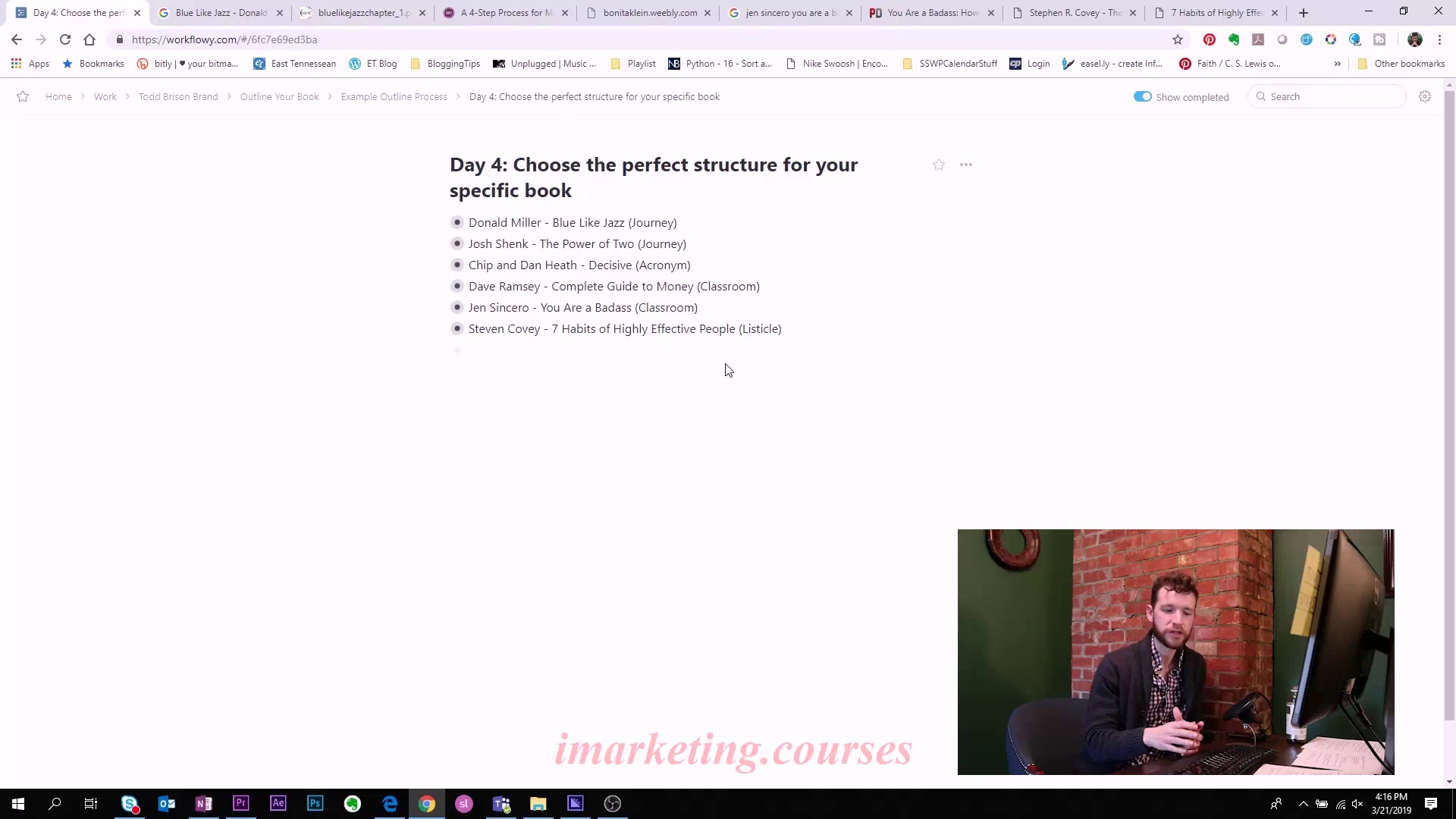
Todd B discusses how to choose the right structure for a book using four common types: the journey, the acronym, the classroom, and the listicle.
The journey structure works well for story-based books with an arc. Donald Miller's memoir and Josh Shank's book on creative partnerships use this structure.
The acronym structure creates an easy to remember acronym that relates to the book's theme. Chip and Dan Heath use this for their book on decision making.
The classroom structure goes from simple concepts to more complex. Dave Ramsey and Jen Sincero use this in their "how-to" books on money and confidence.
The listicle structure presents concepts as a simple list. Examples are Stephen Covey's habits of effective people and Dale Carnegie's list of ways to win friends.
For how-to books, use the classroom structure. For story-based books, use the journey structure. For big idea books, journey or acronym work well. When in doubt, use listicles.
.Tim-D-AmazonBookPubl Misc 3.4 to 5 - Part 5
















































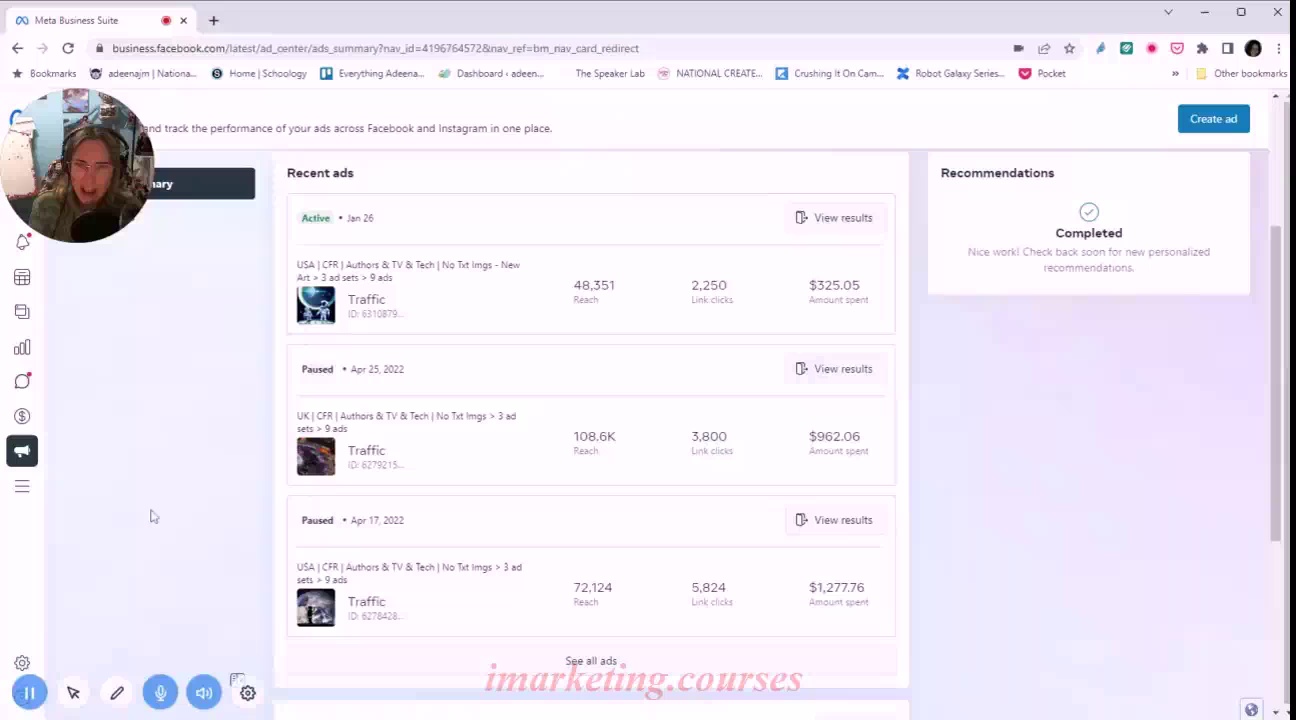
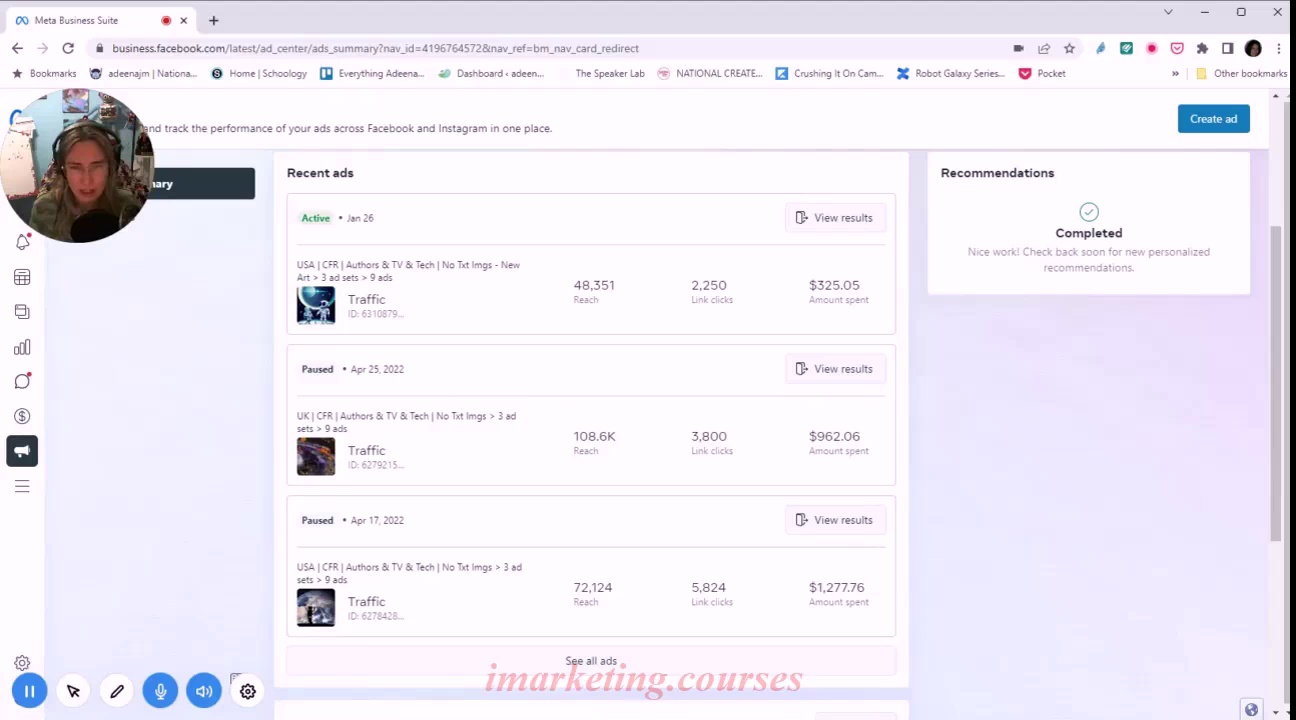
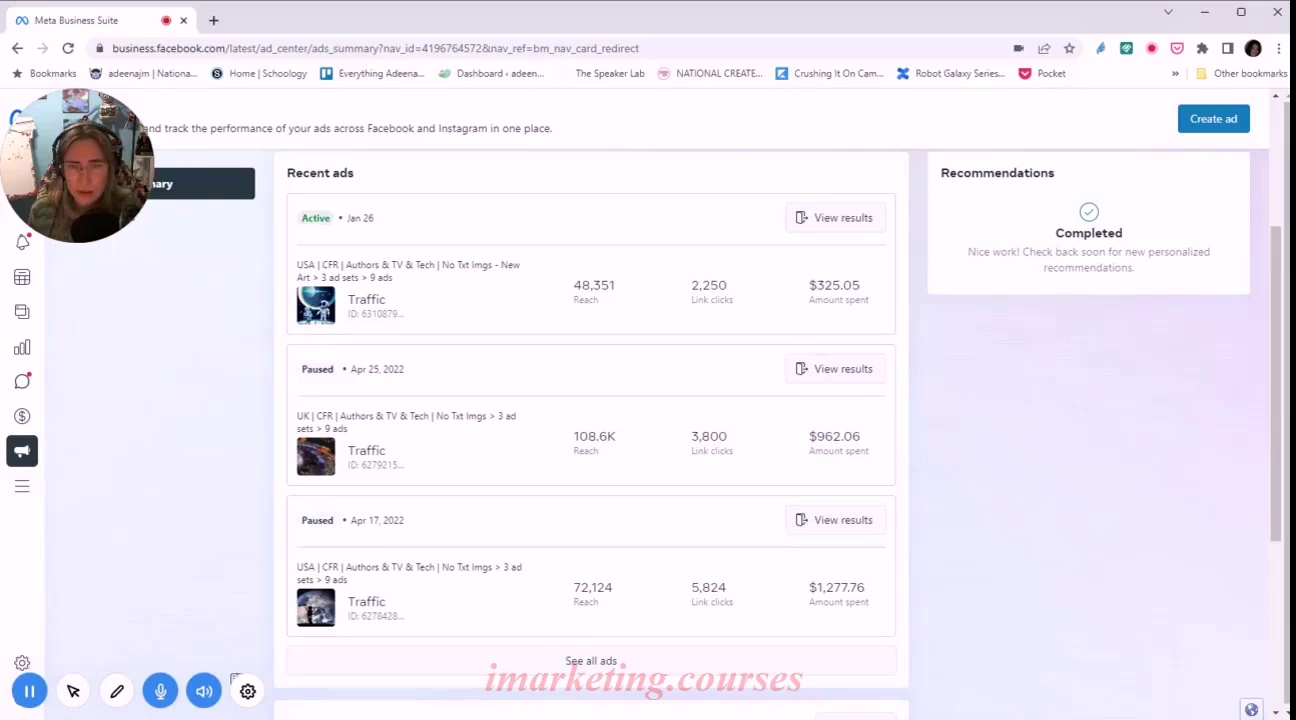
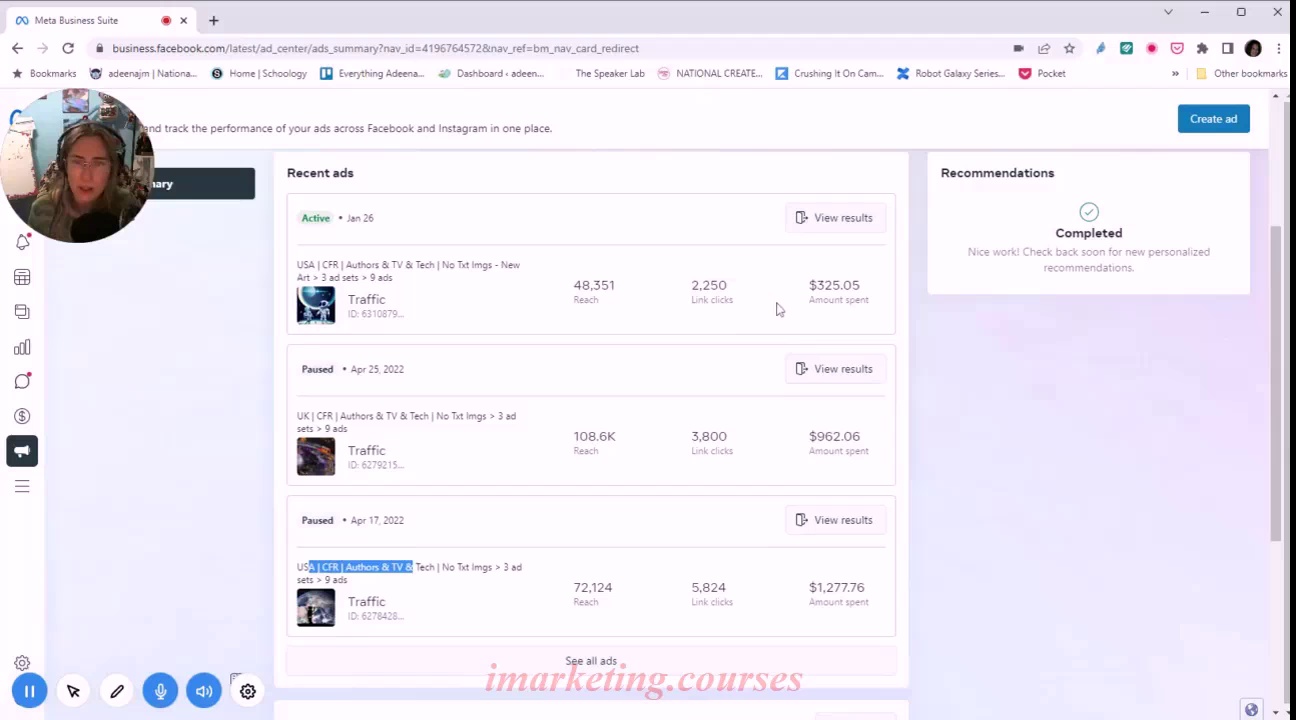
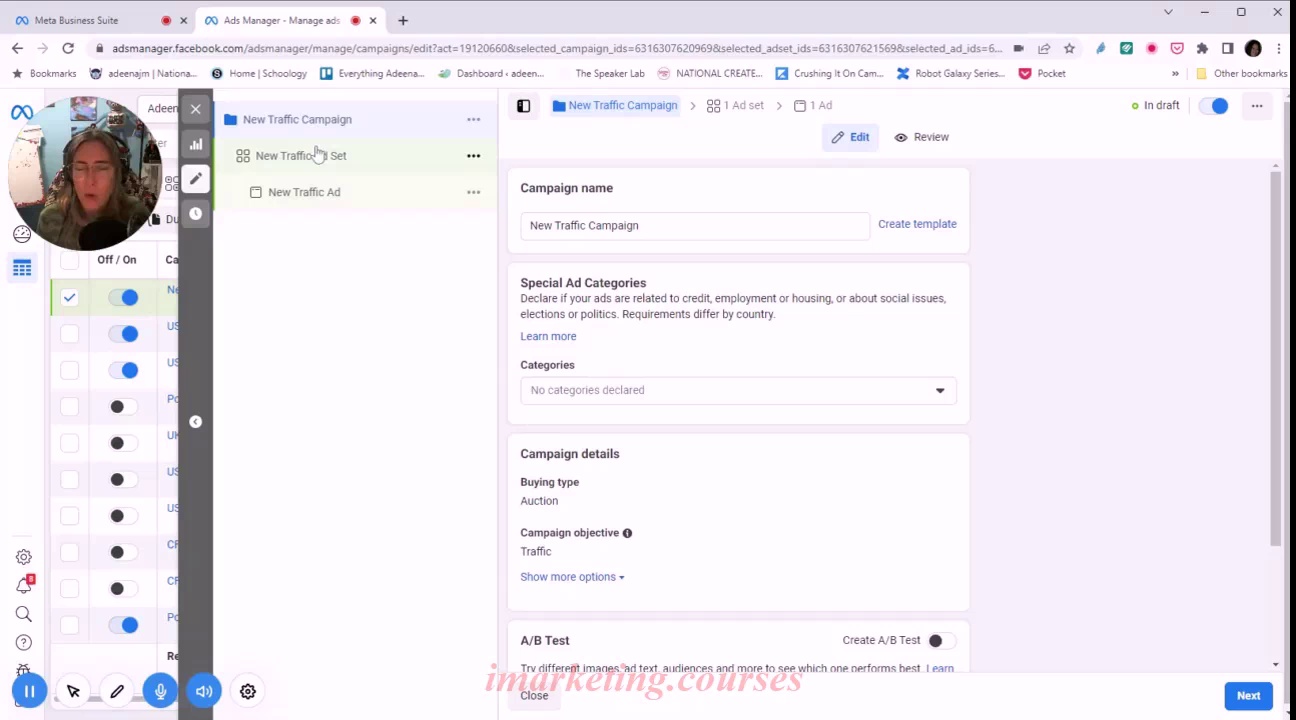
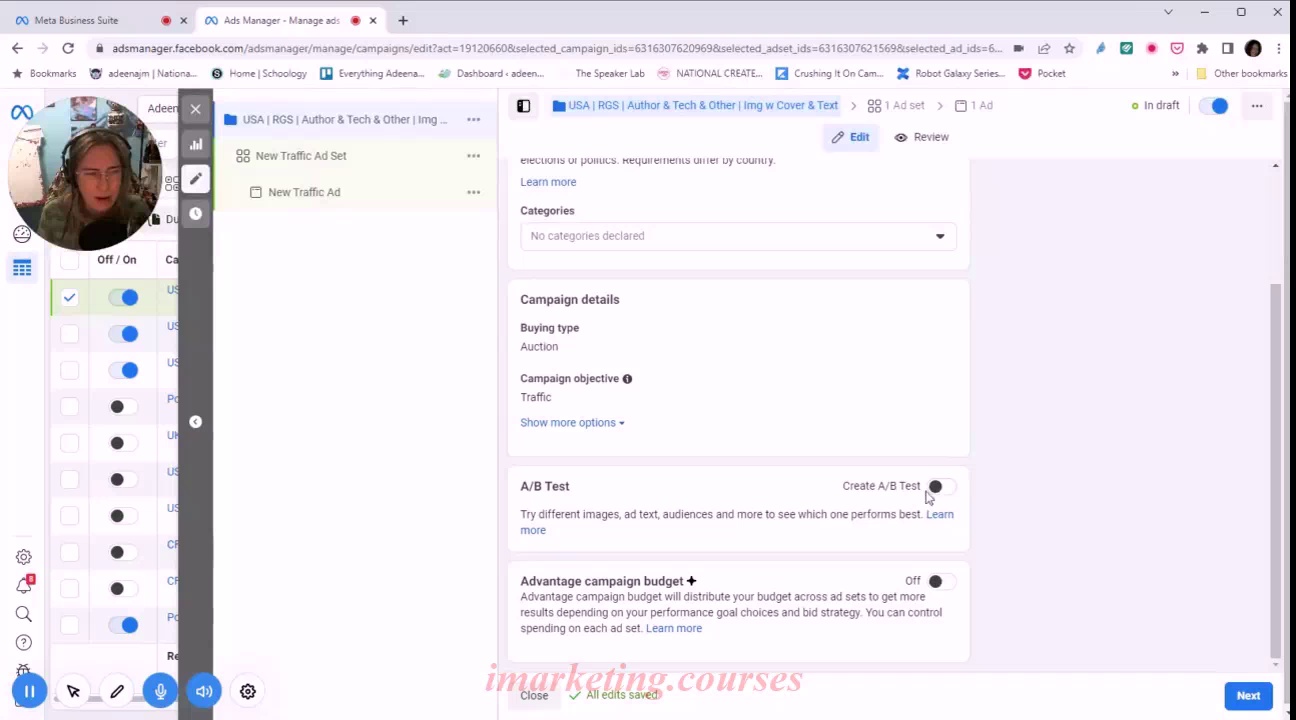
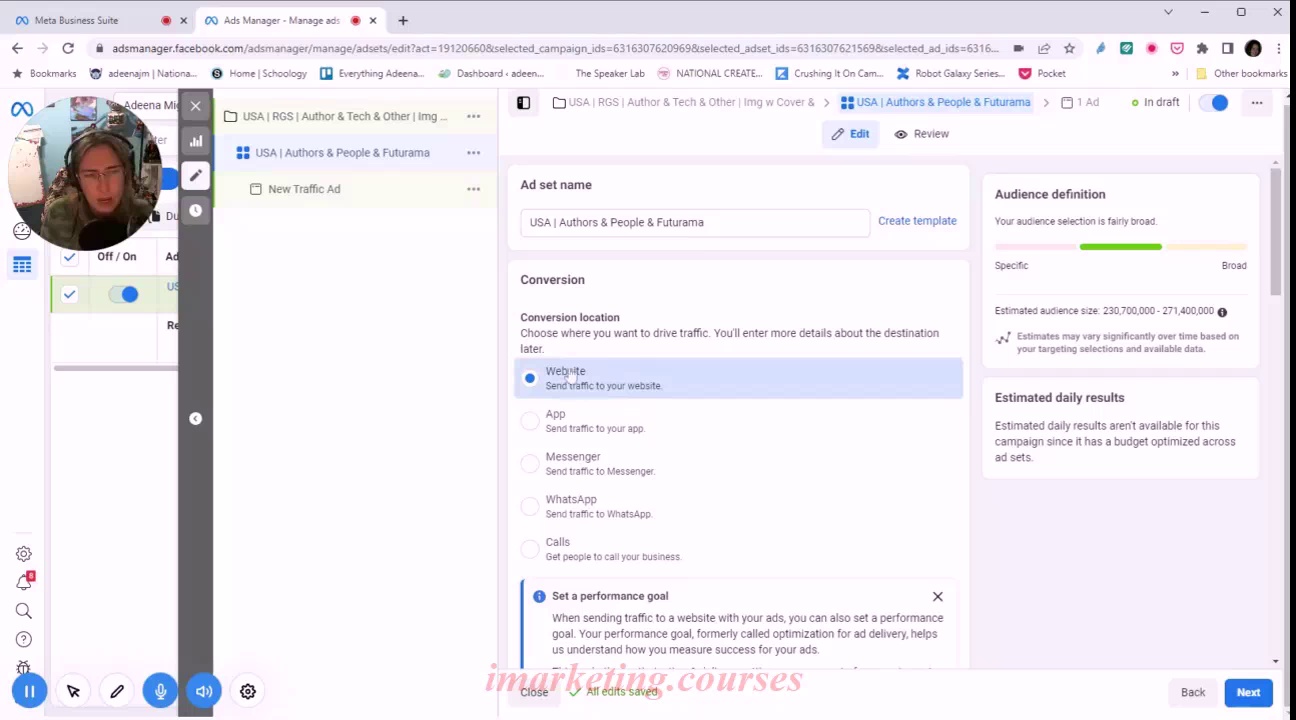
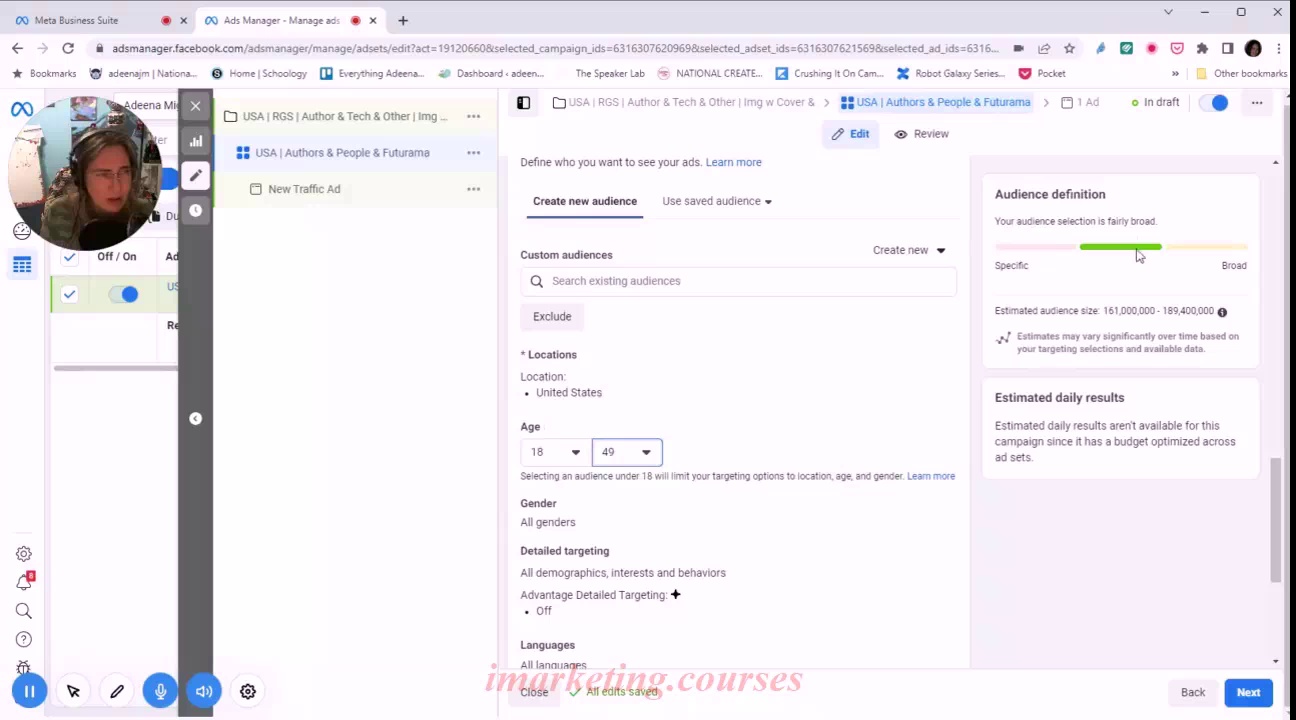
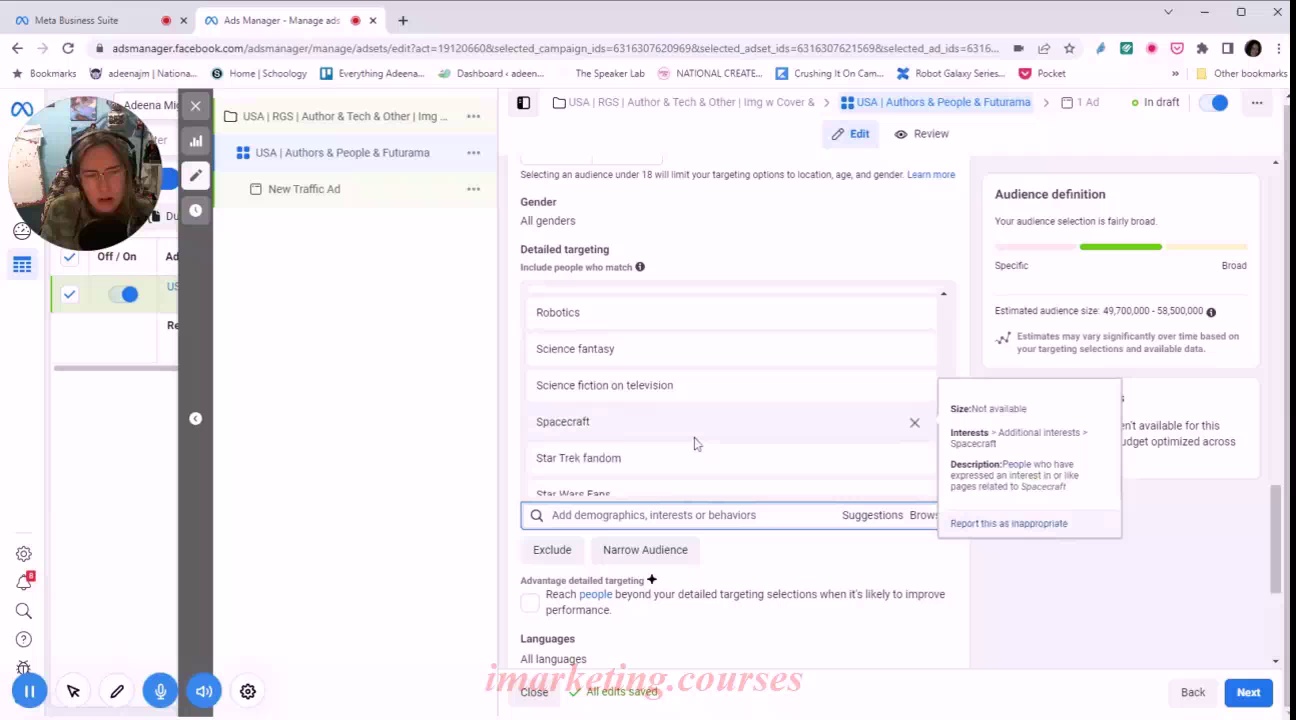
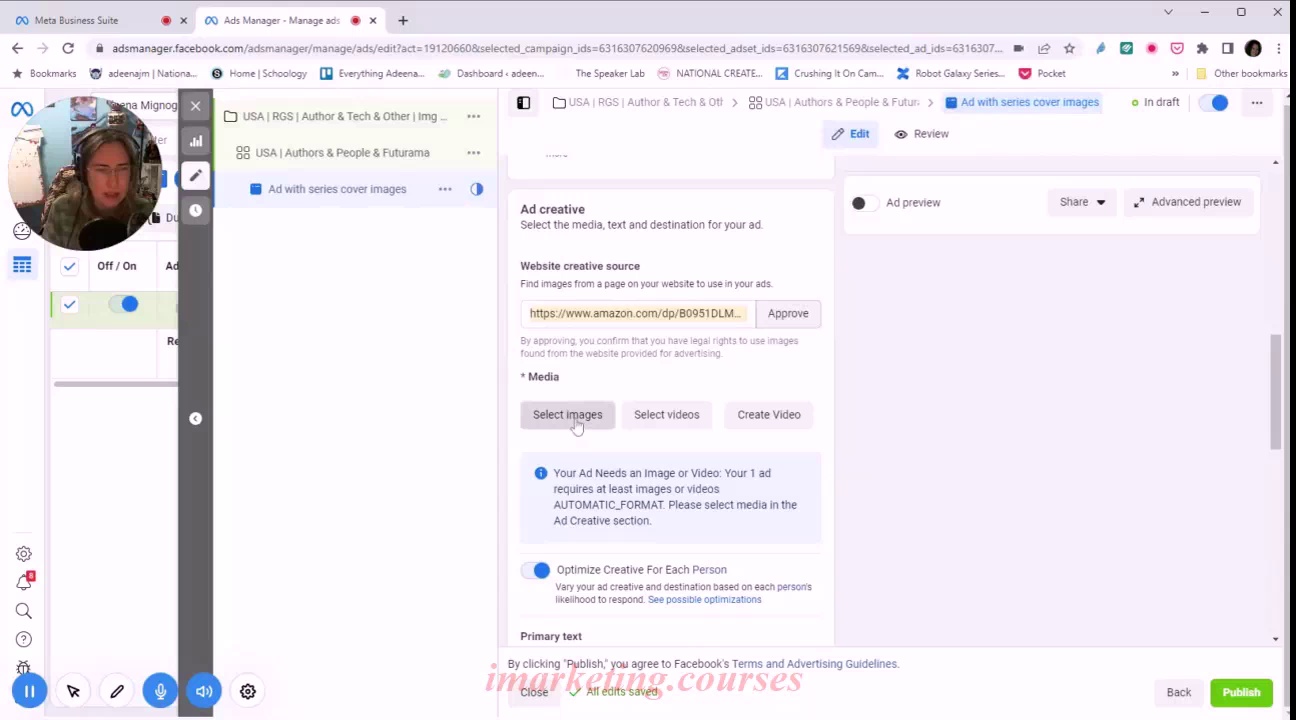
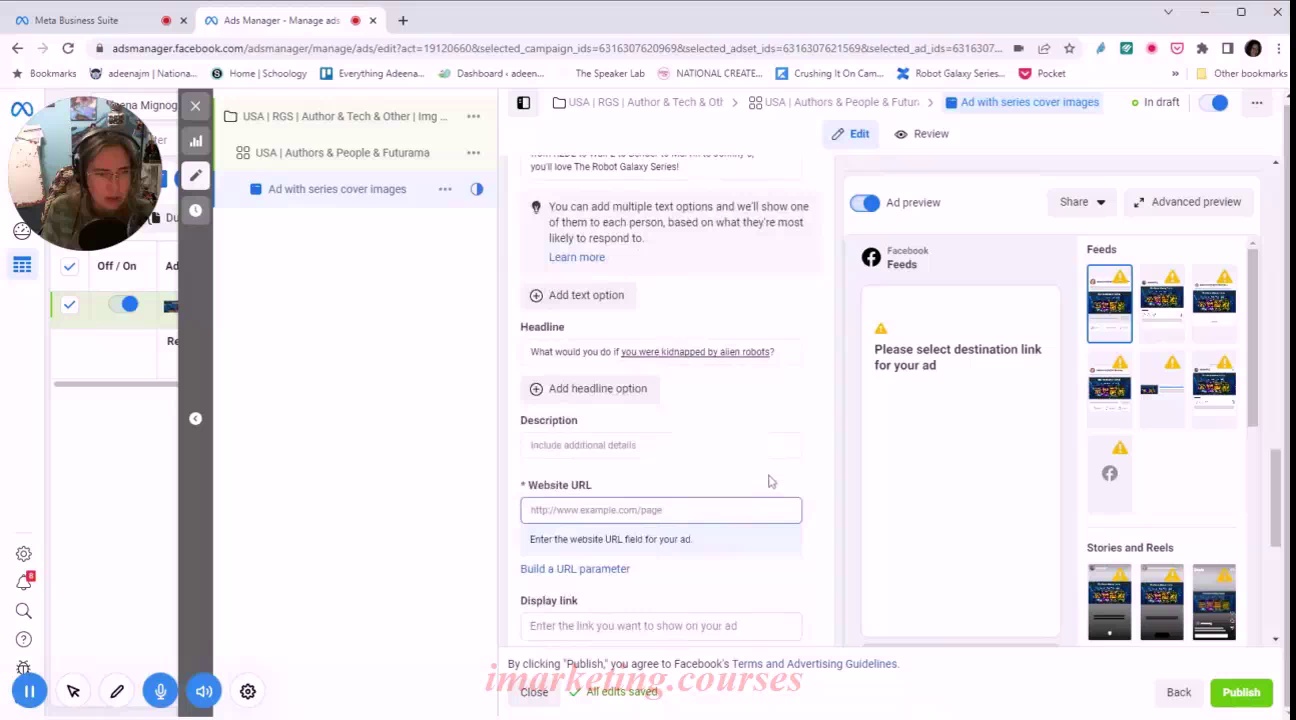
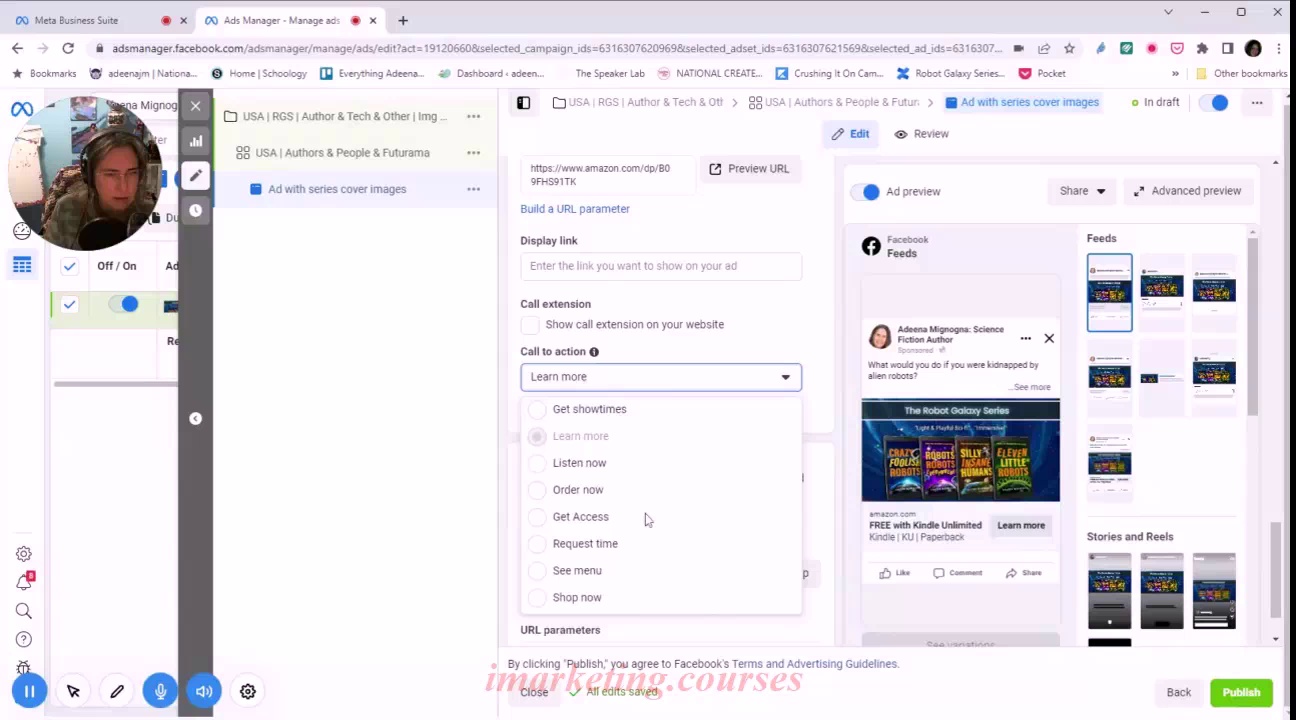
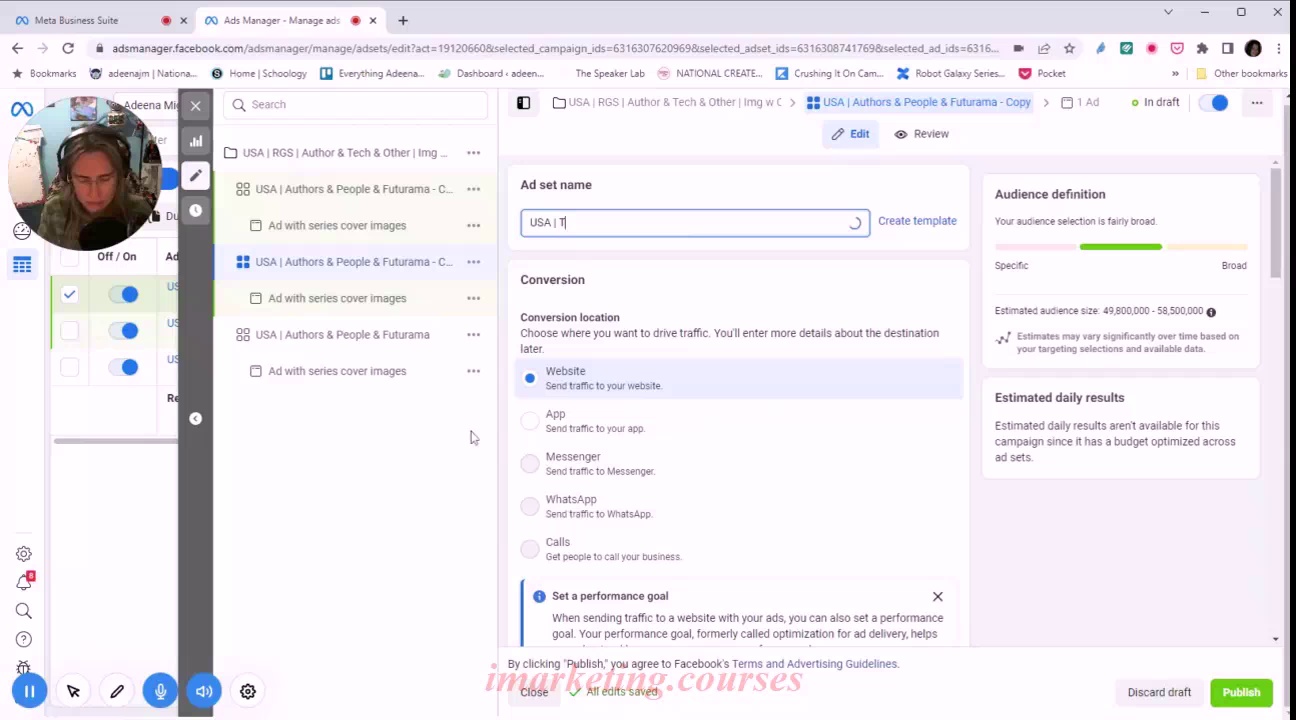

The narrator is an indie science fiction author who uses Facebook ads to promote her books. In this video, she walks through setting up a new Facebook ad campaign to drive traffic to the Amazon page for her Robot Galaxy book series.
She recommends having your landing page URL, ad text, images, and daily budget figured out before creating the campaign. For images, using stock photos rather than cover images with text was initially recommended, but the narrator decides to use her book cover this time.
The narrator creates a new Facebook ad campaign called "Robot Galaxy Series", with a $4 daily budget. She sets up 3 ad sets, each targeting different interests like technology, robots, and sci-fi authors. Within each ad set is 1 ad featuring the book's cover image and descriptive blurb.
Based on past data, the narrator narrowed the target age range which improved performance. Targeting an estimated 20-30 million people helps ensure the ads are shown. She manually copies in various interests like sci-fi movies, TV shows, and authors to target.
After publishing the ads, the narrator plans to check back in a few days to see if they are getting impressions and being shown to people. She will let the ads run for a month before evaluating if they are getting good traffic and how this campaign compares to previous ones.
.